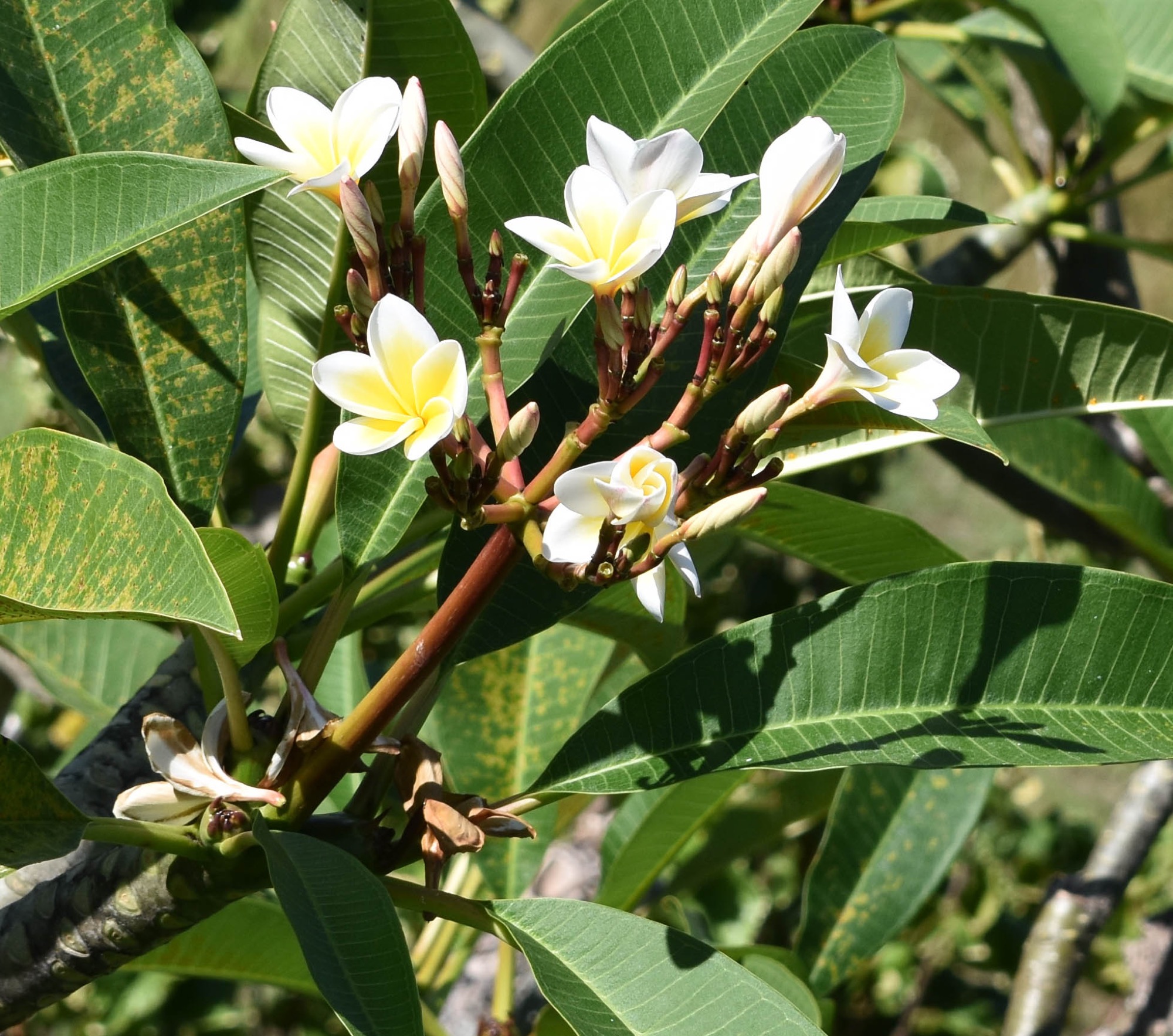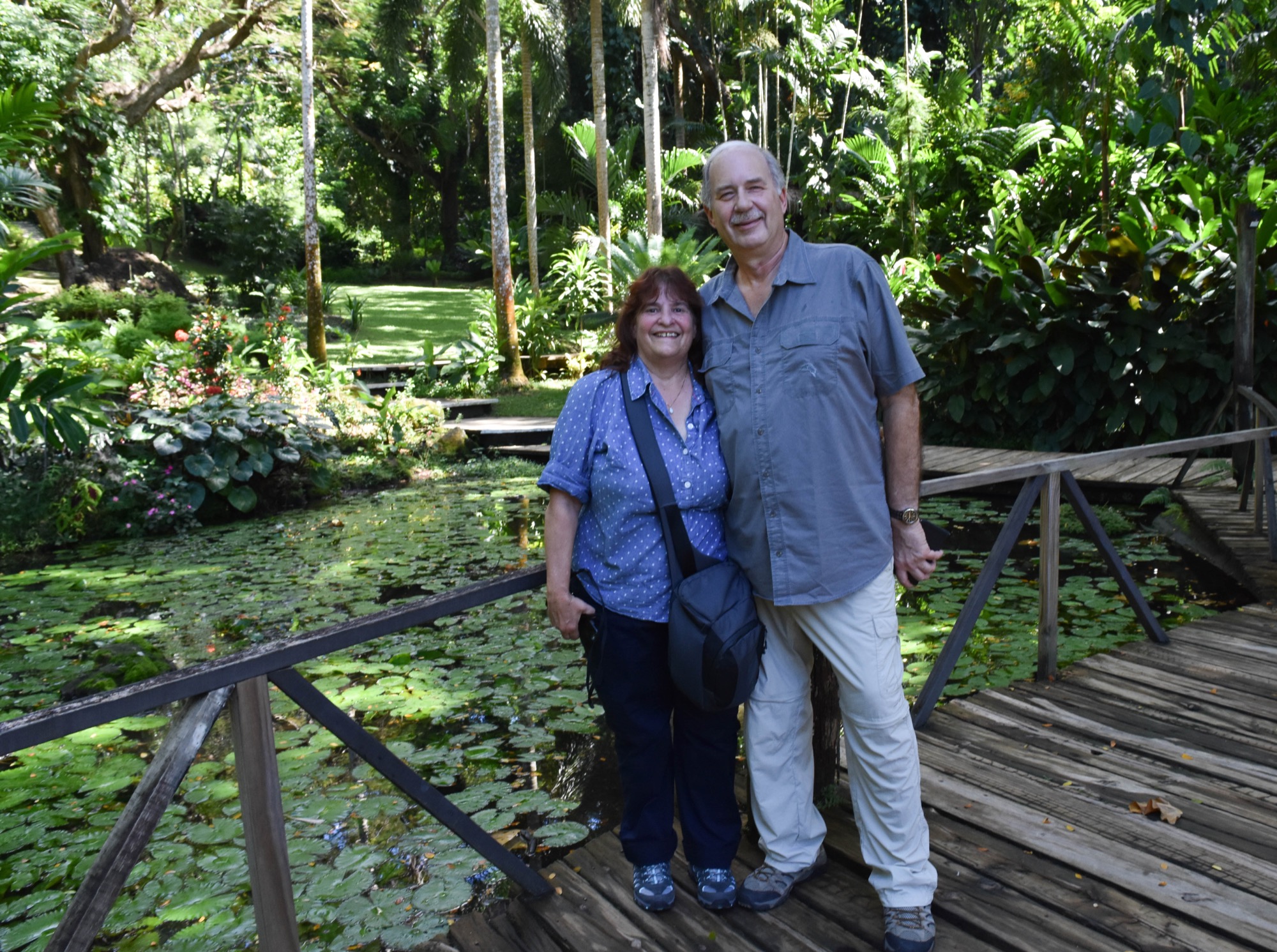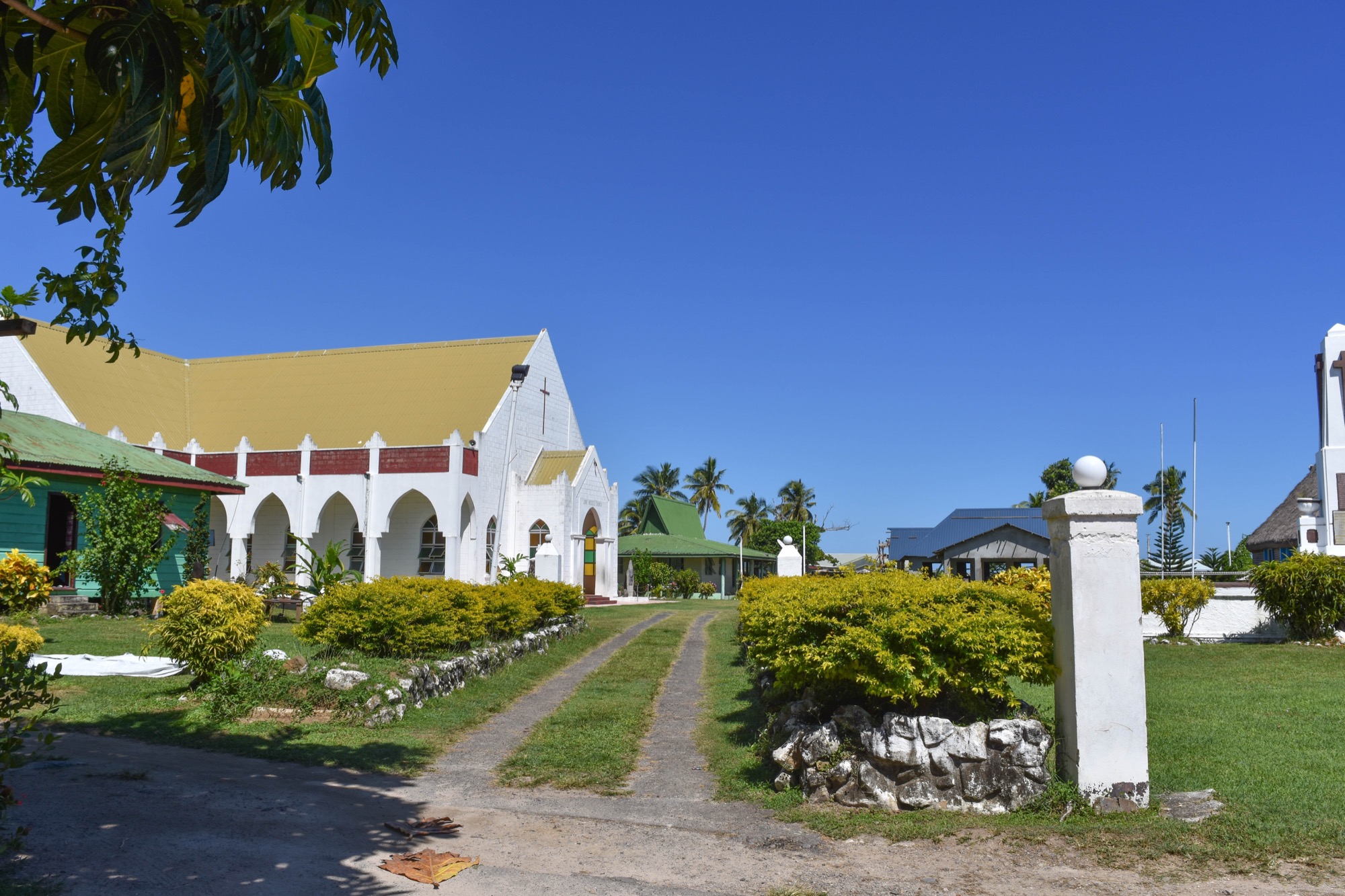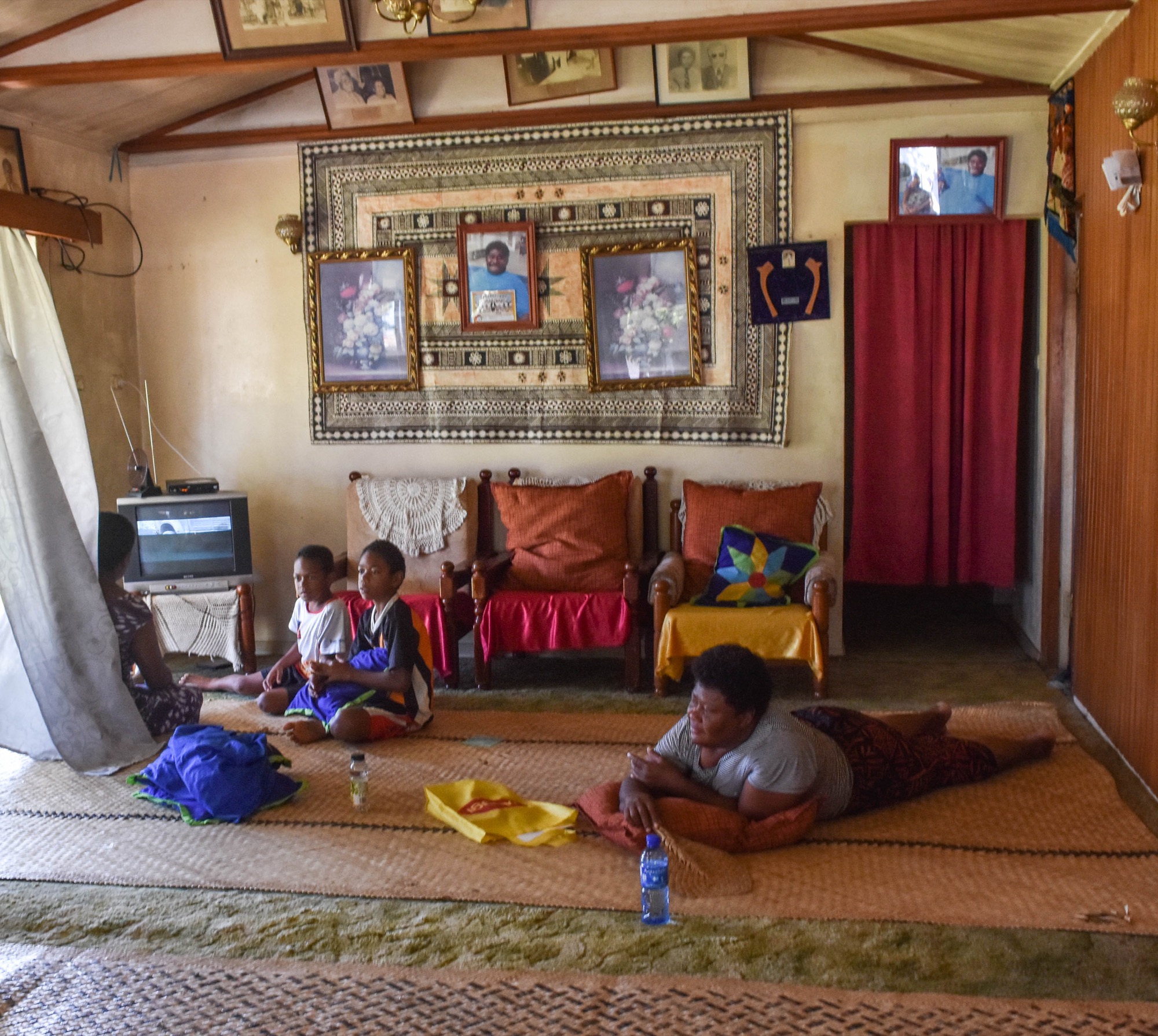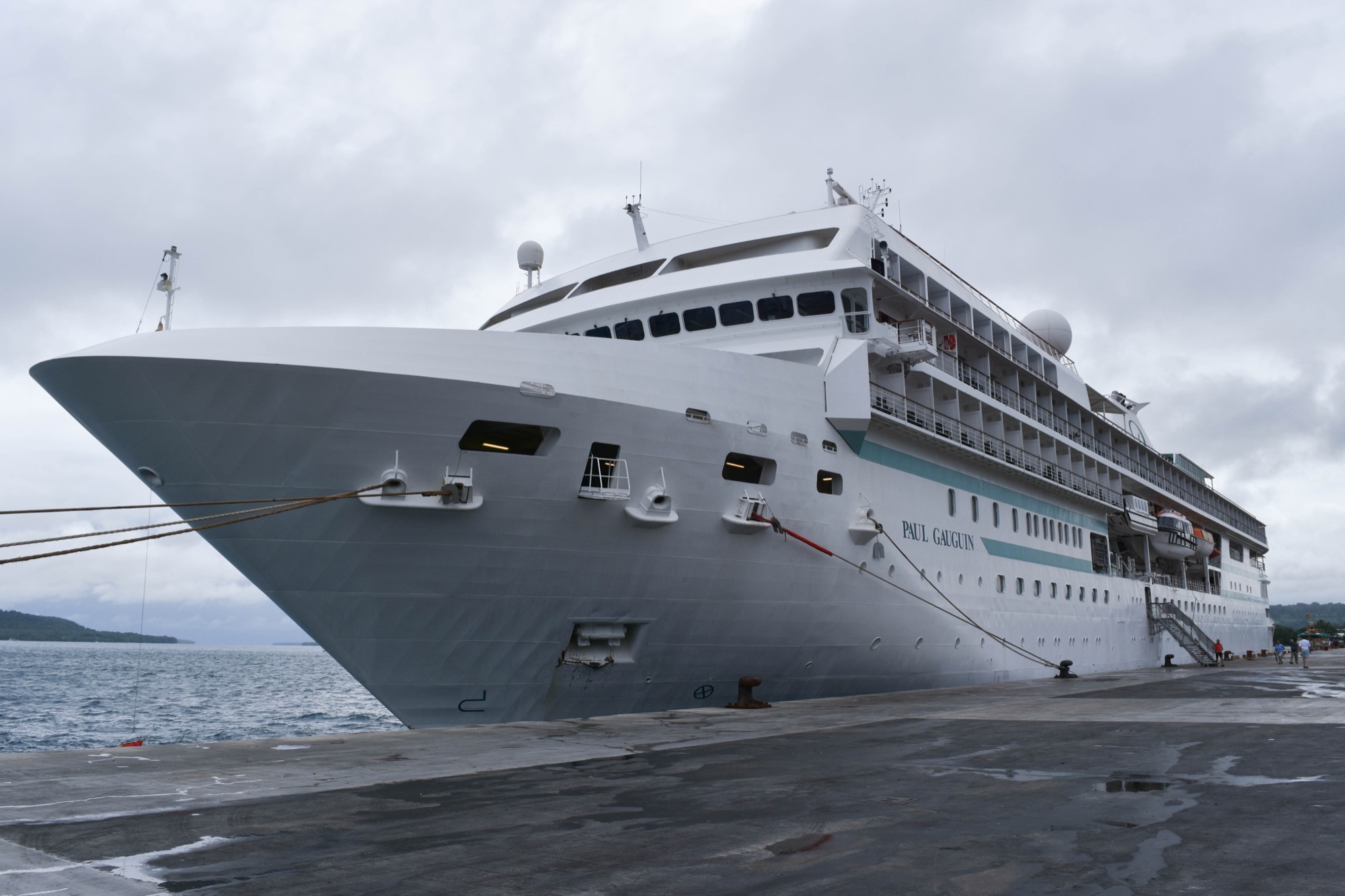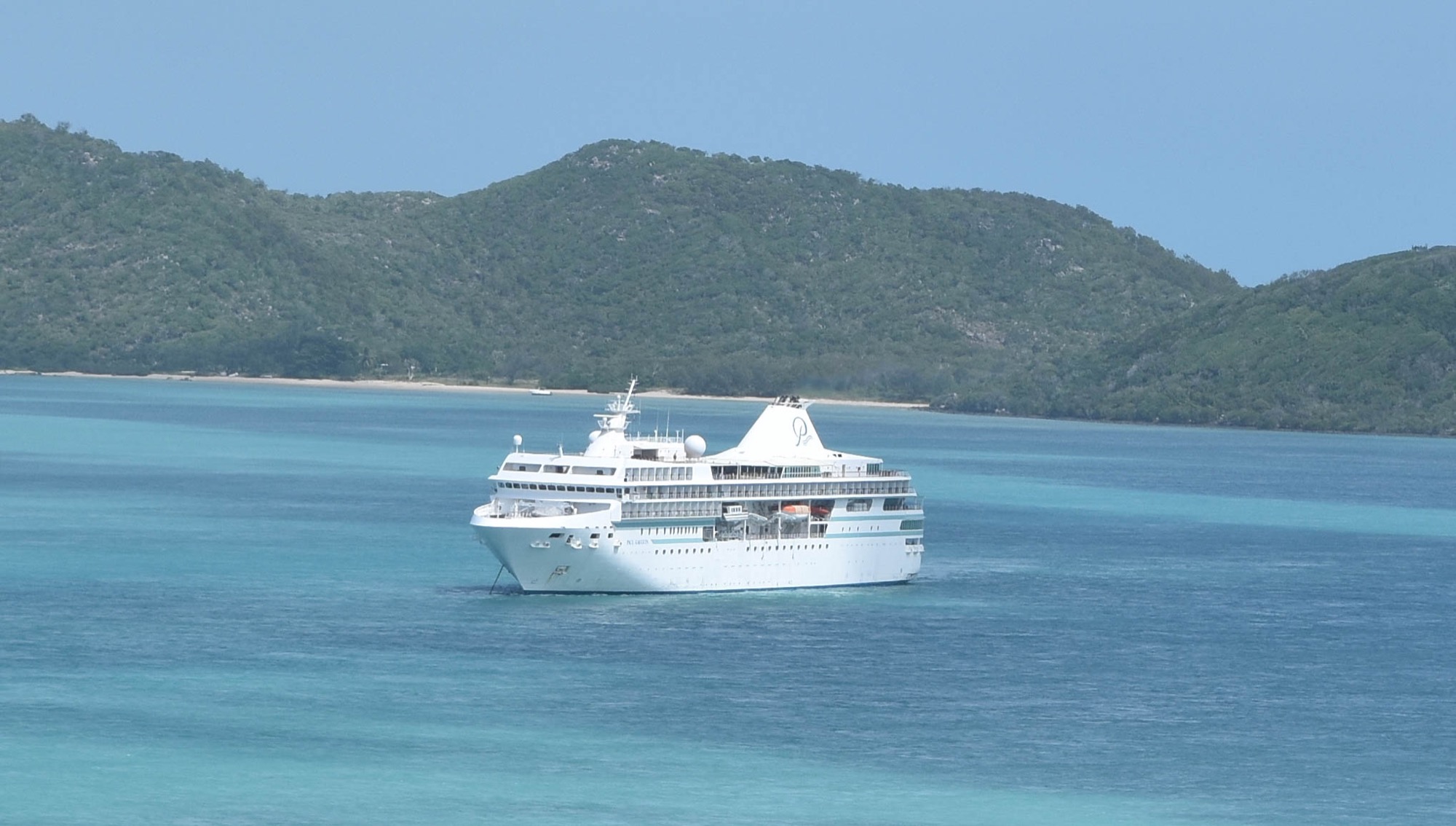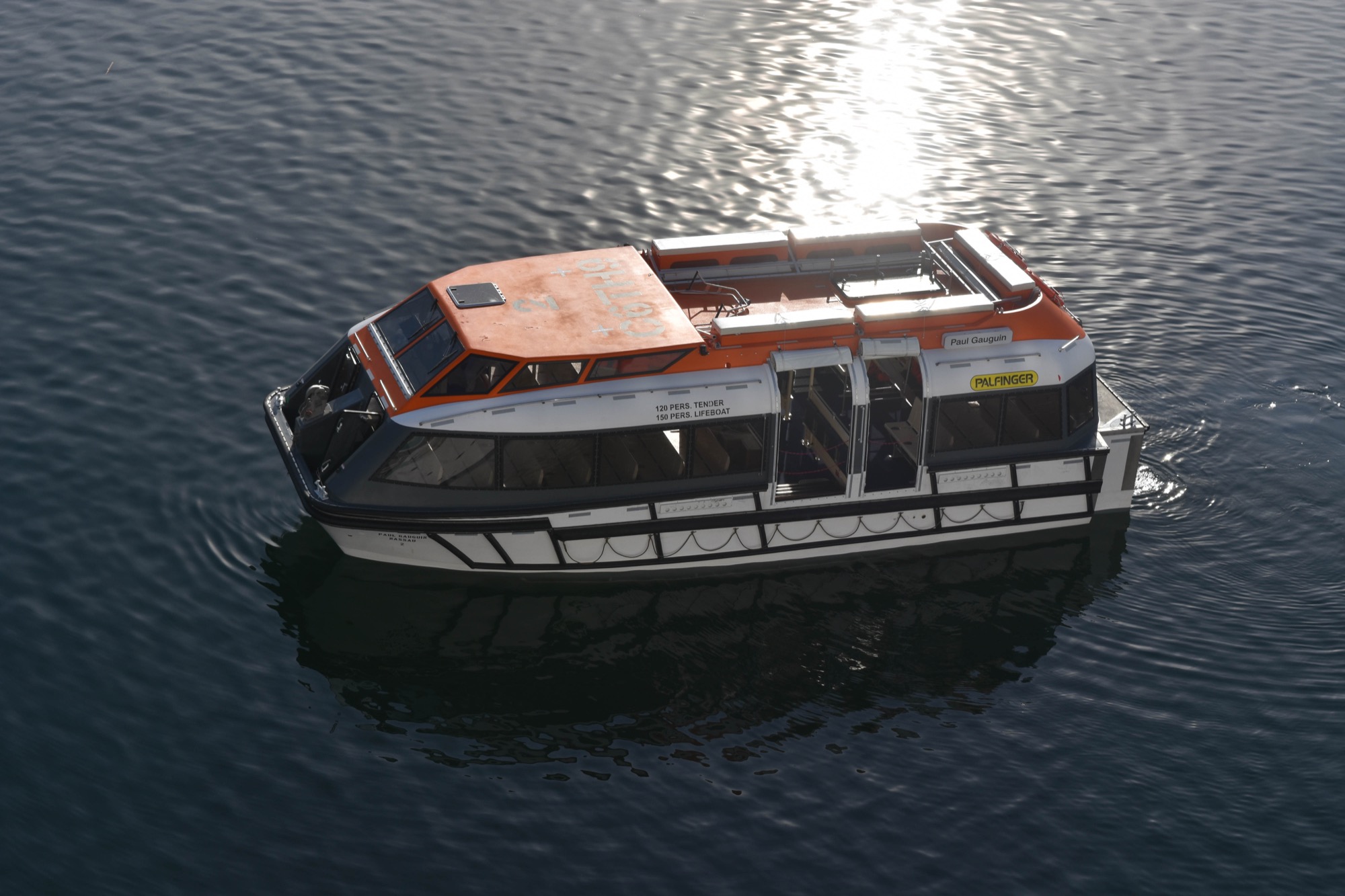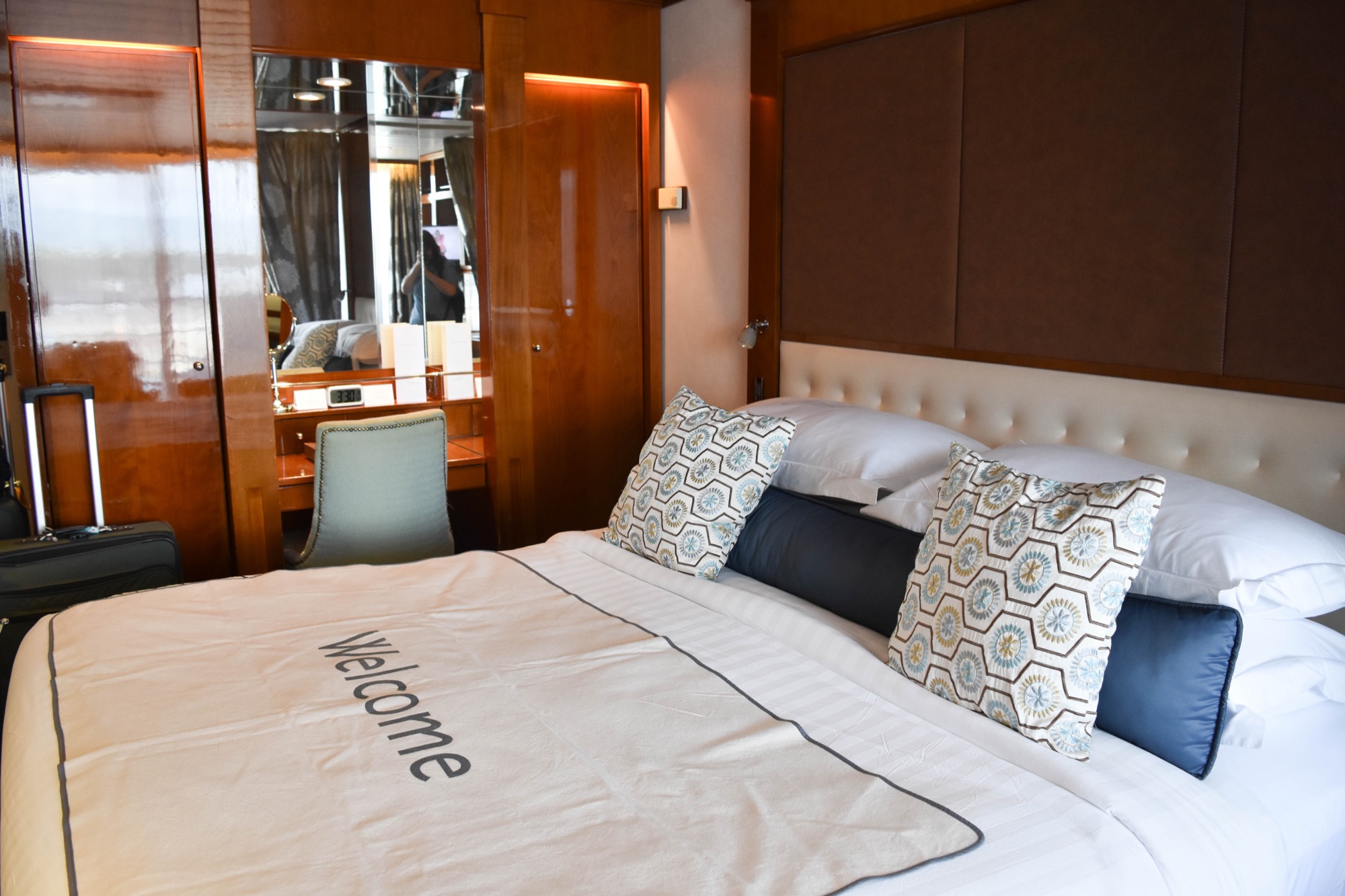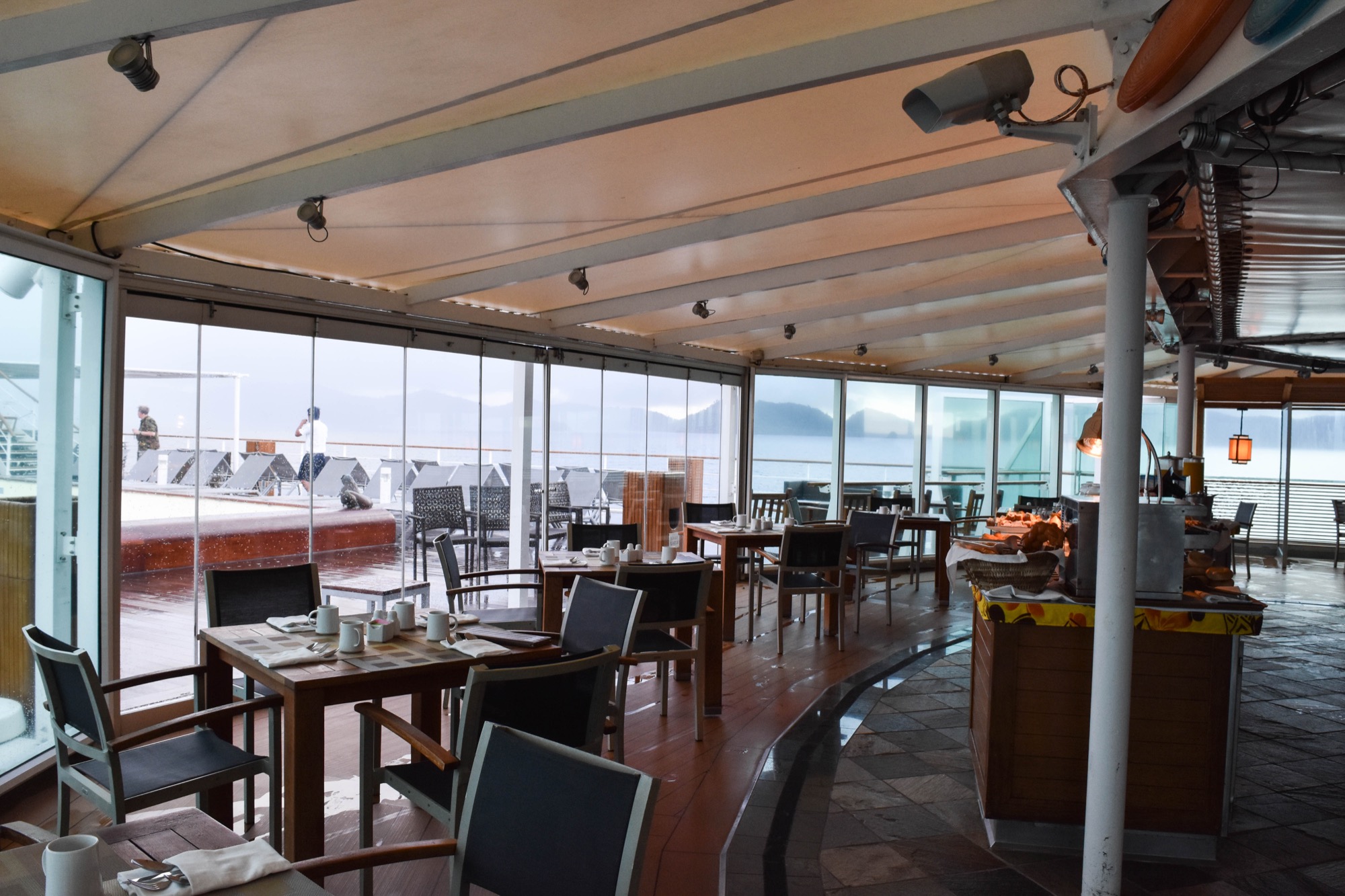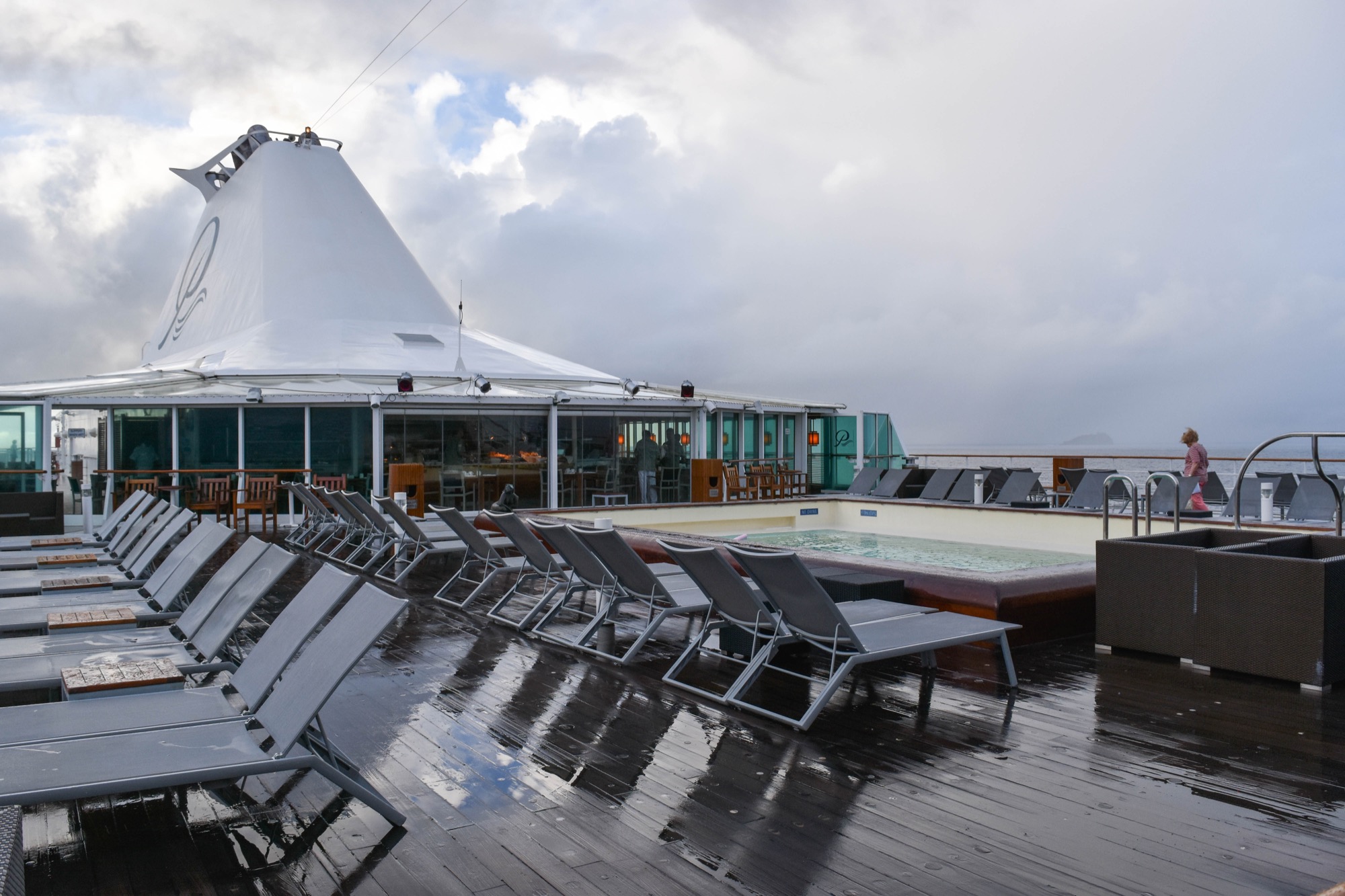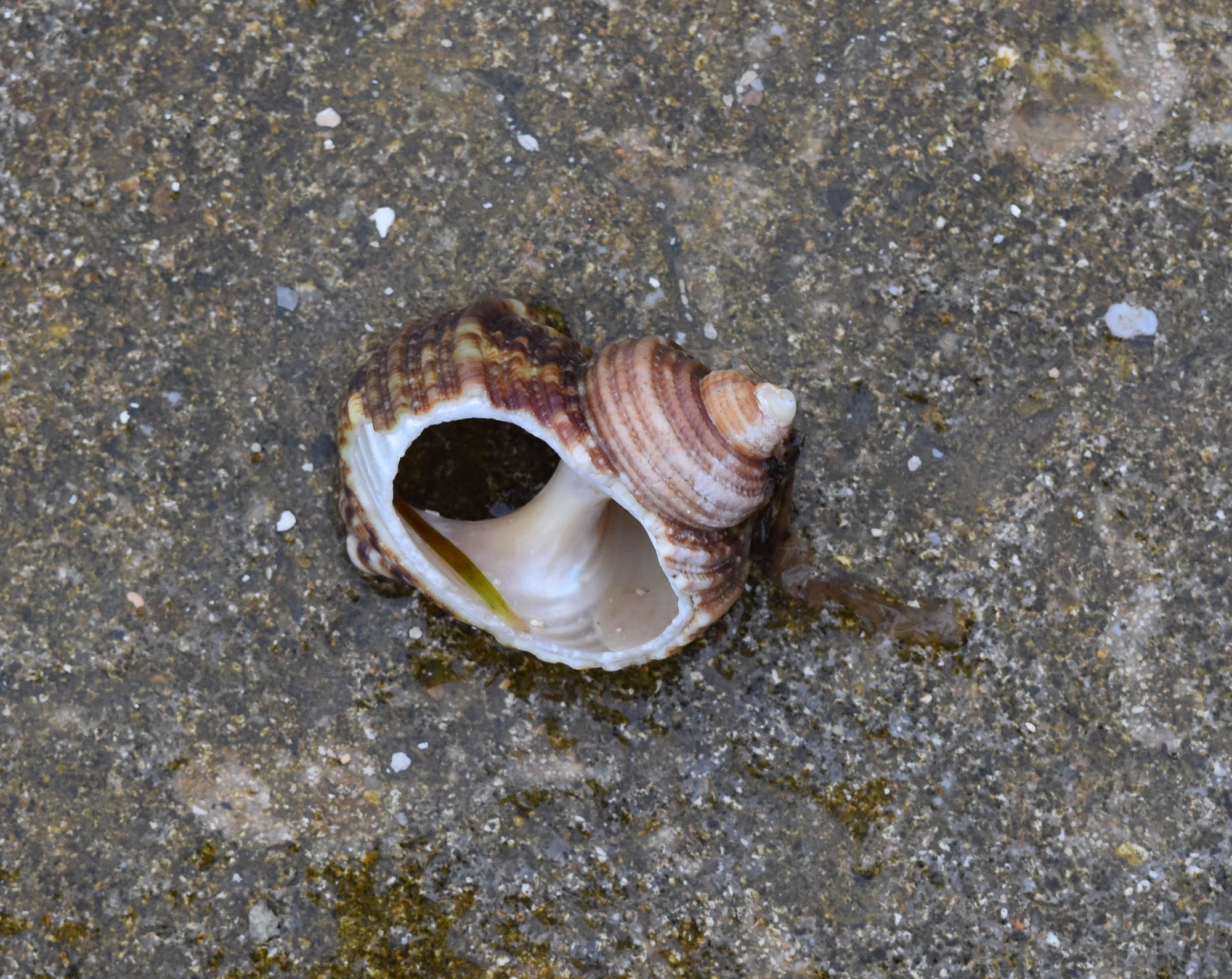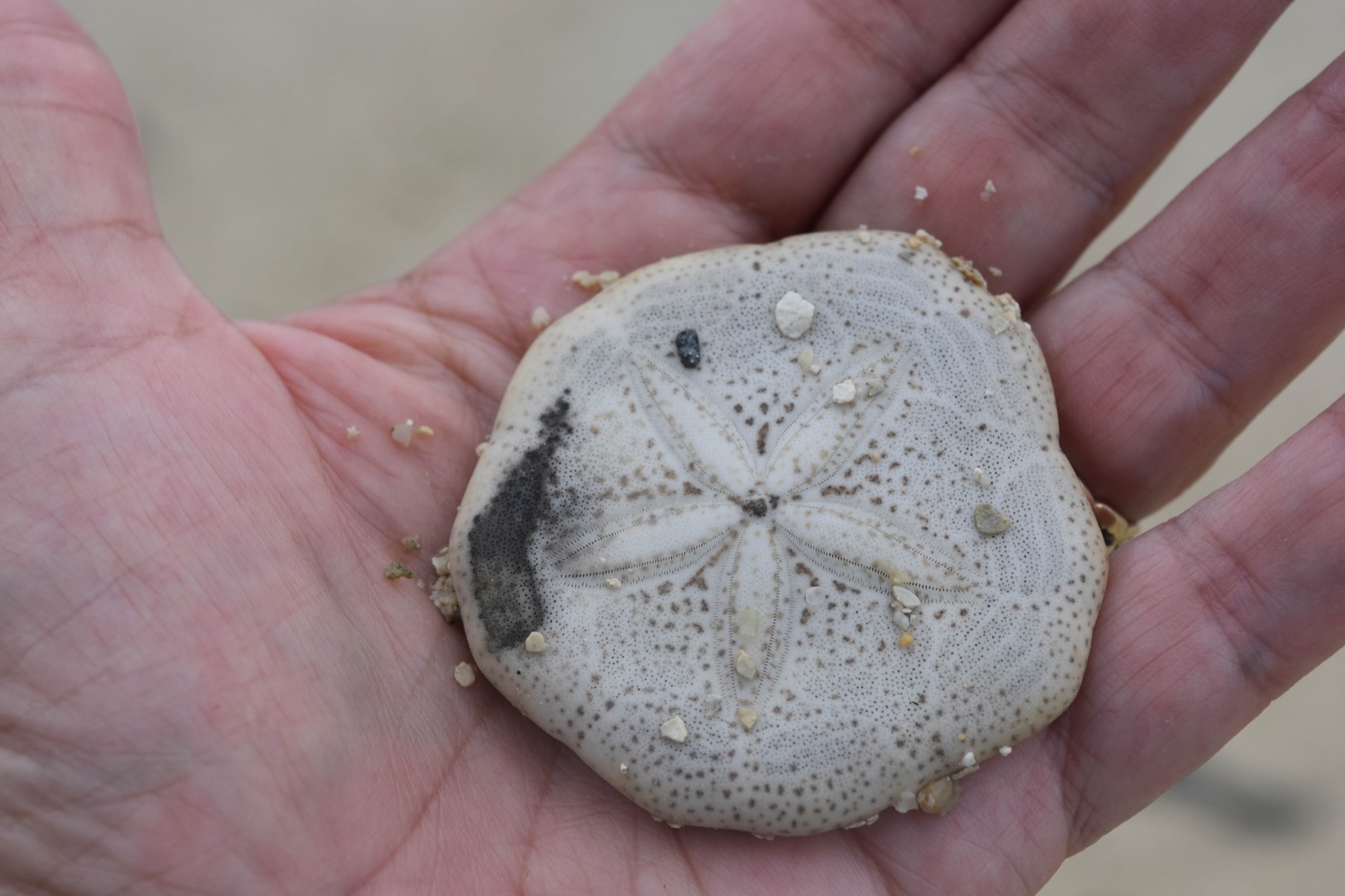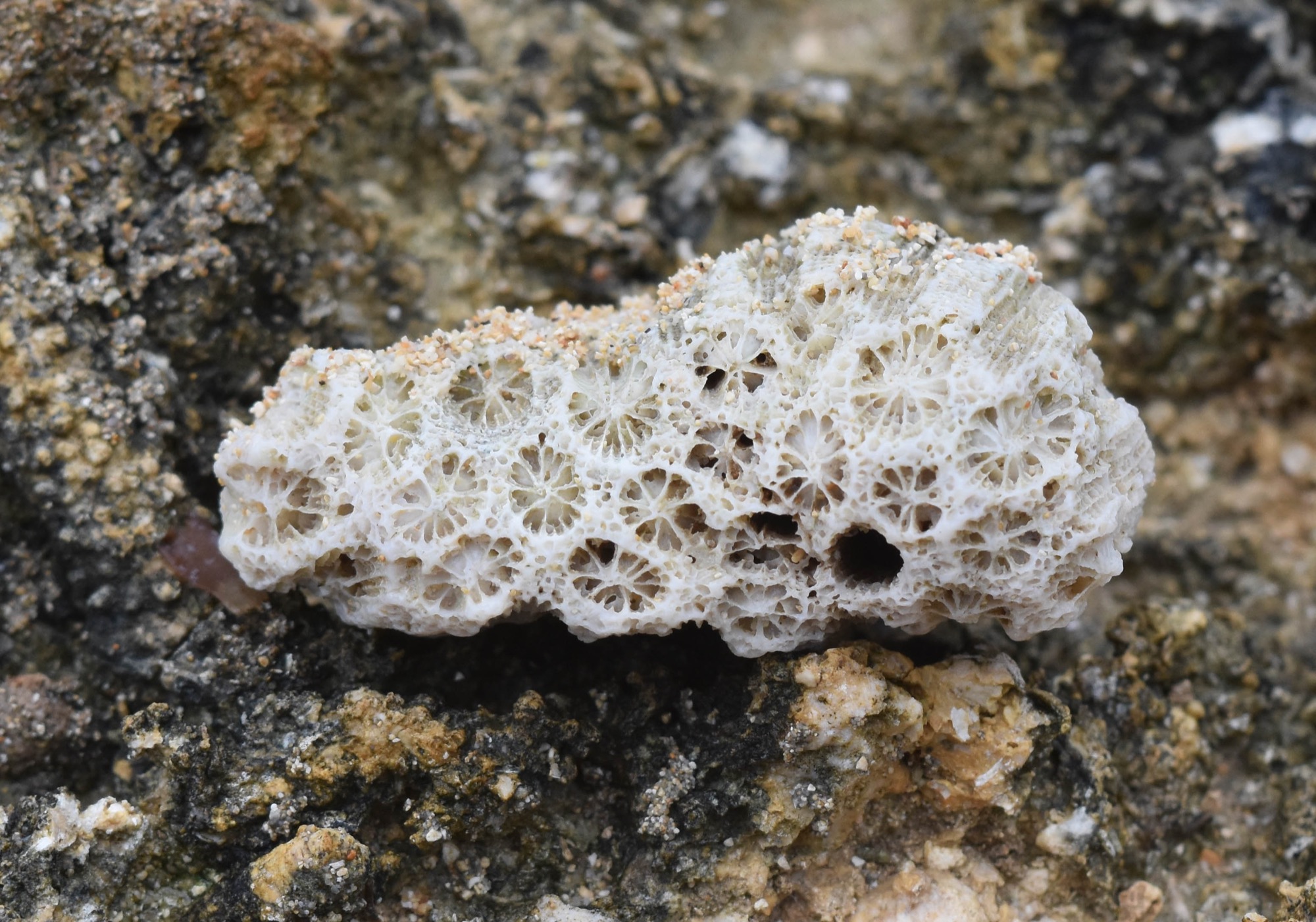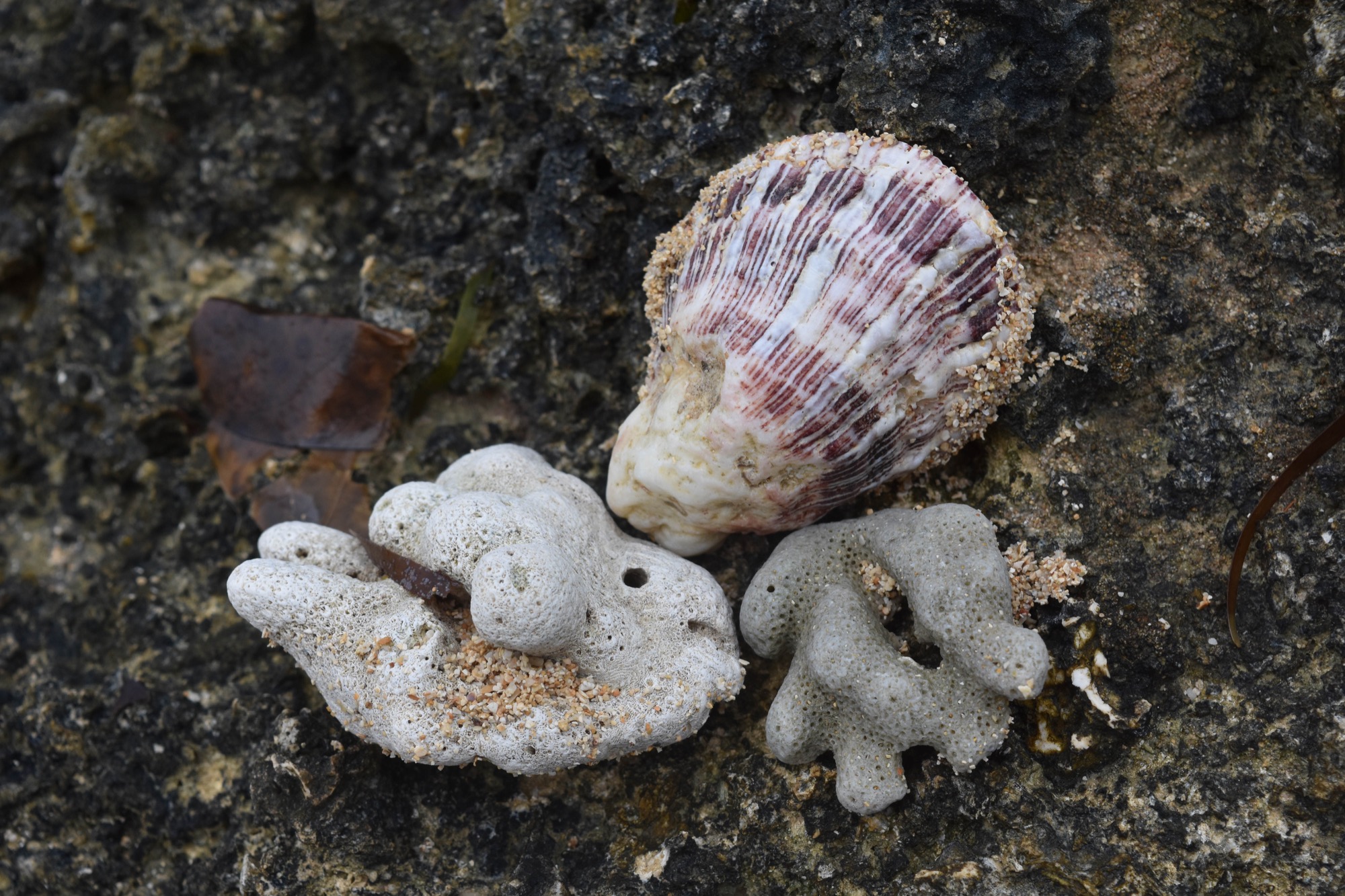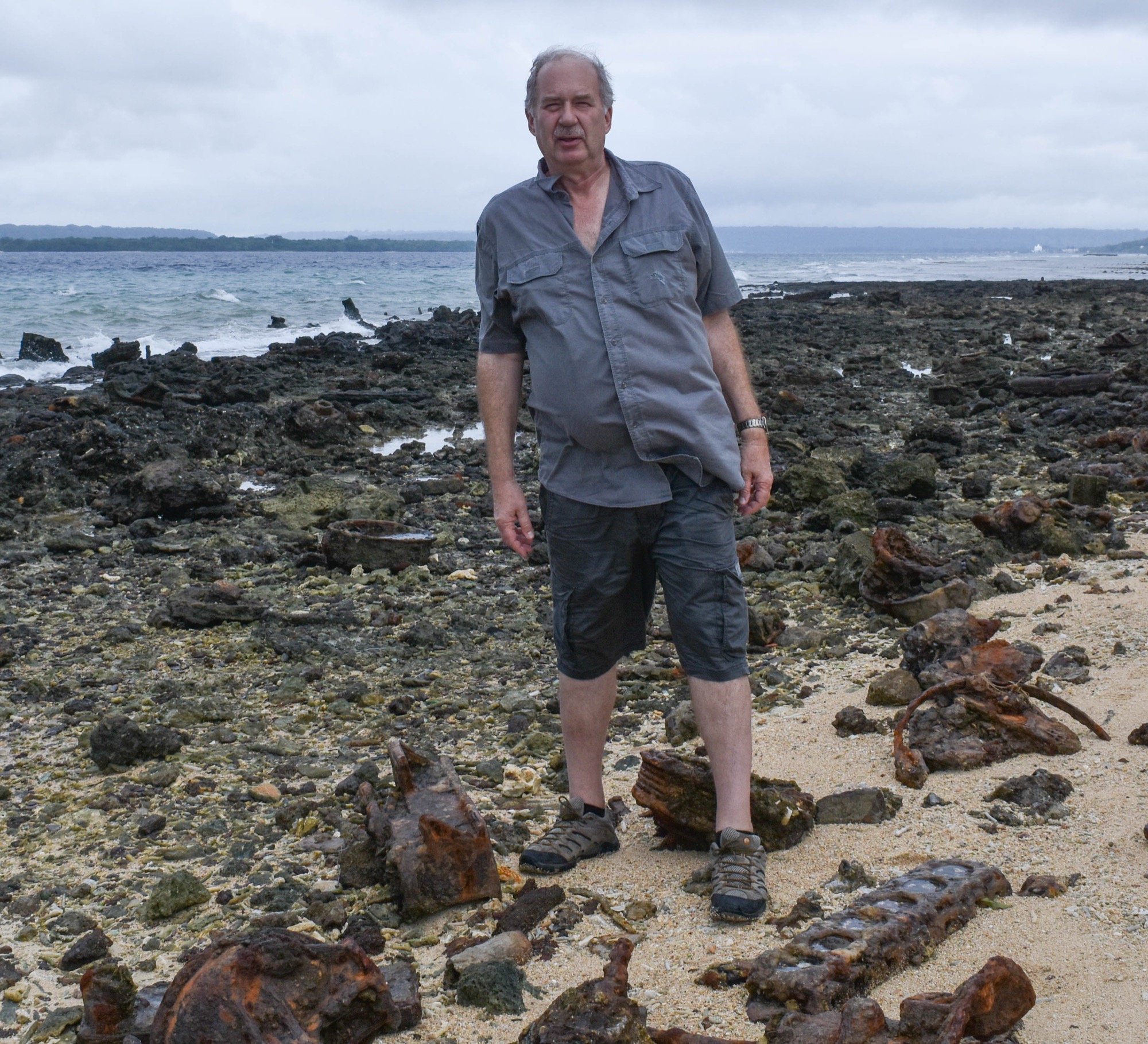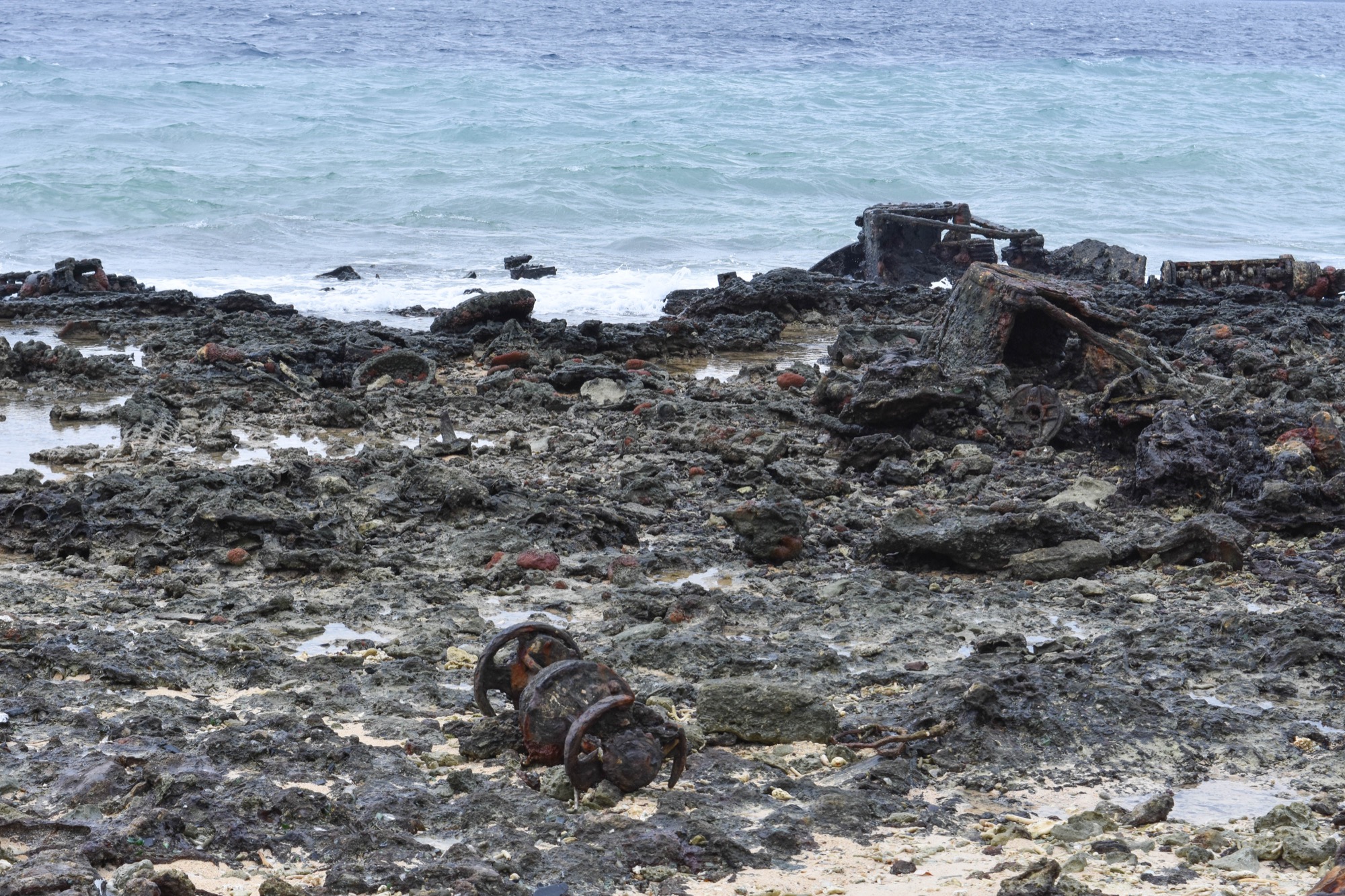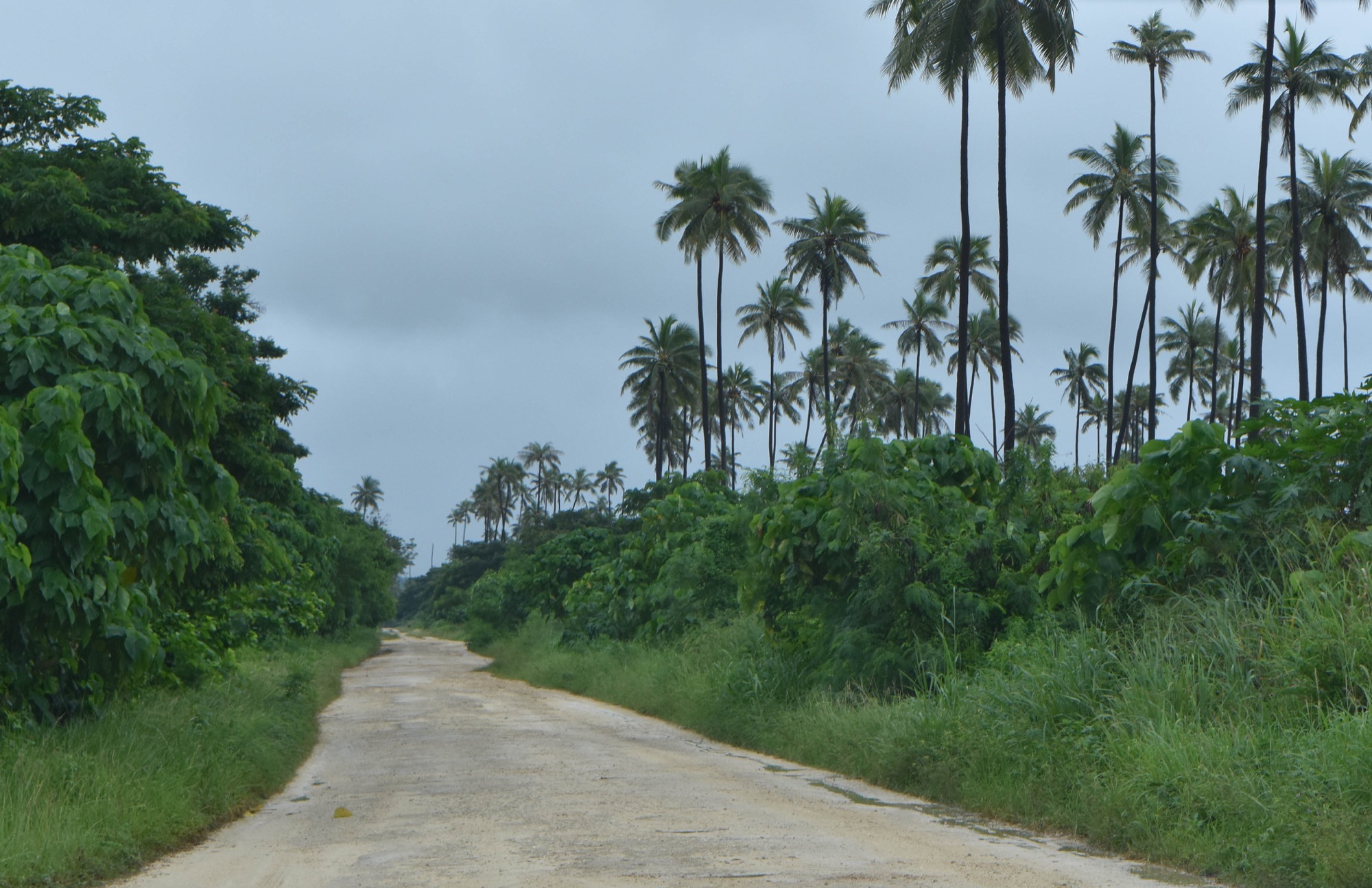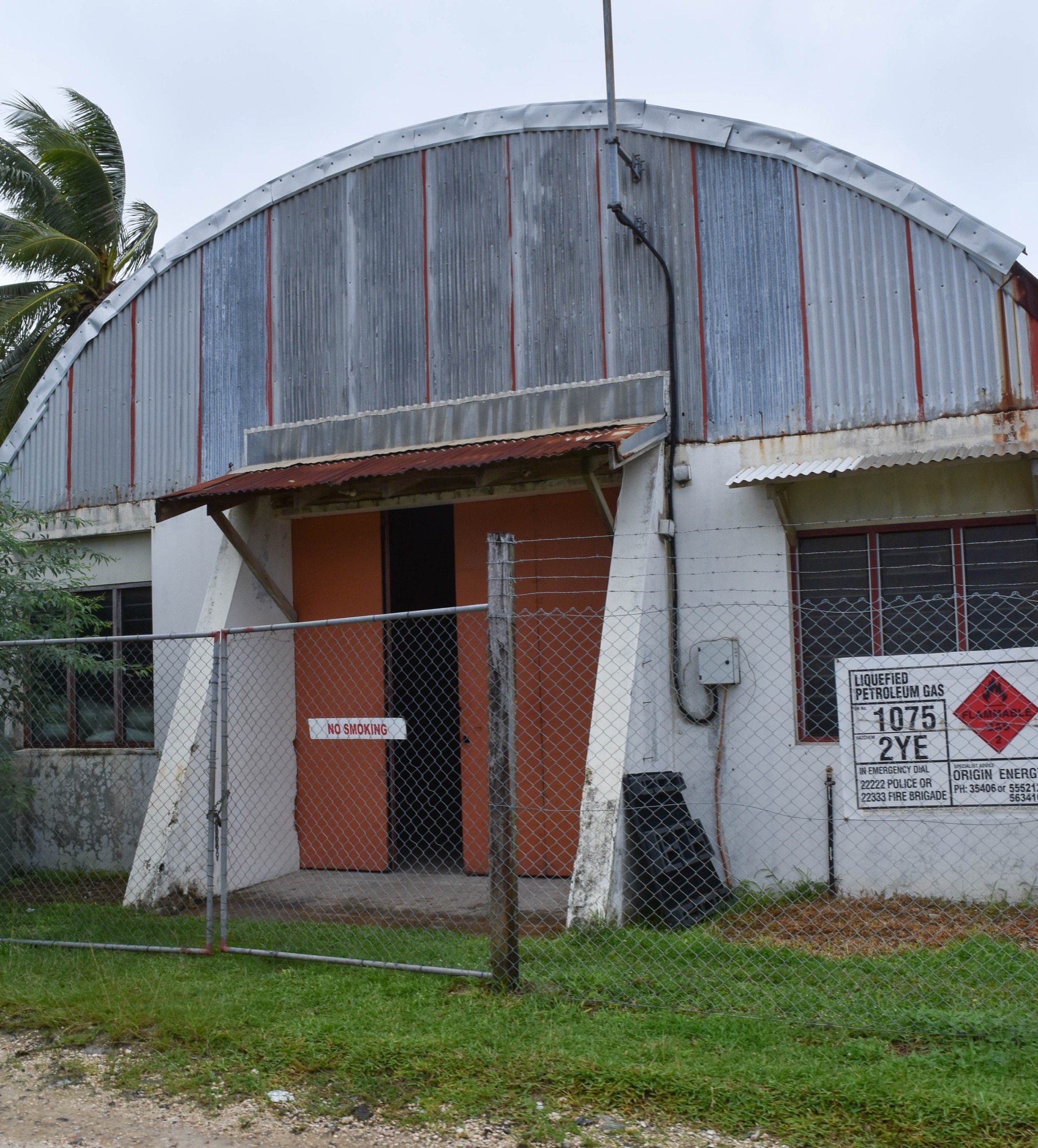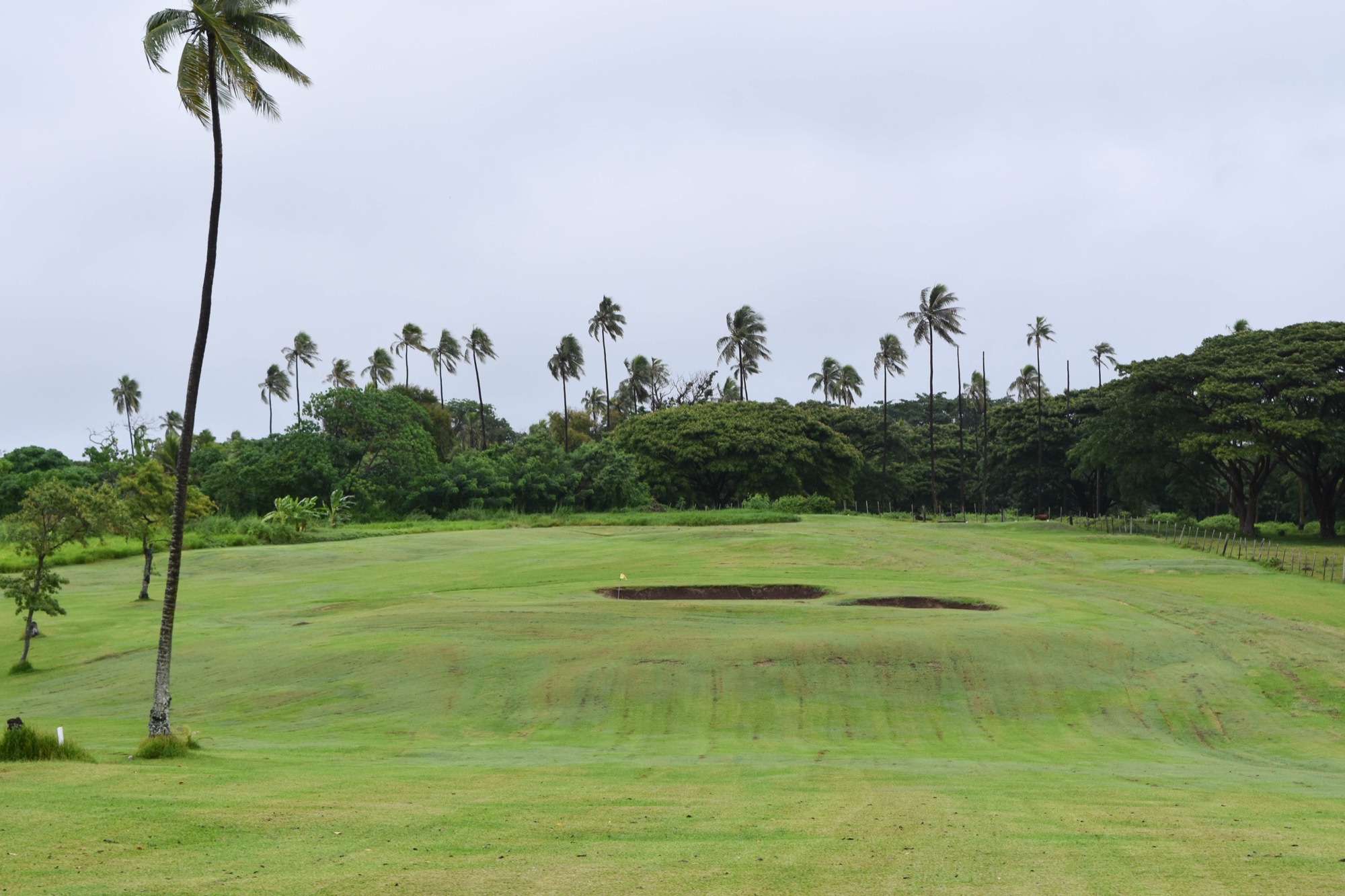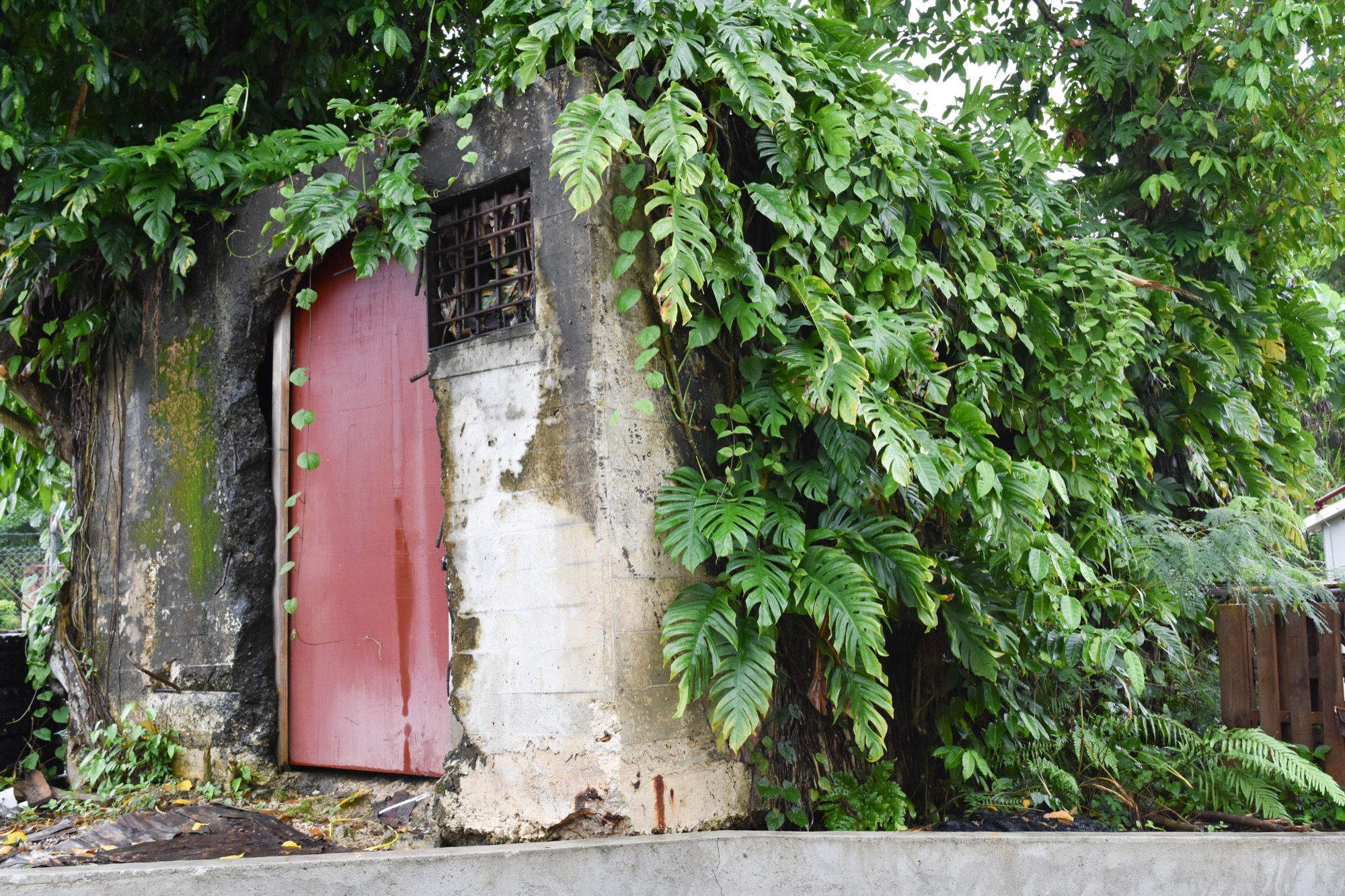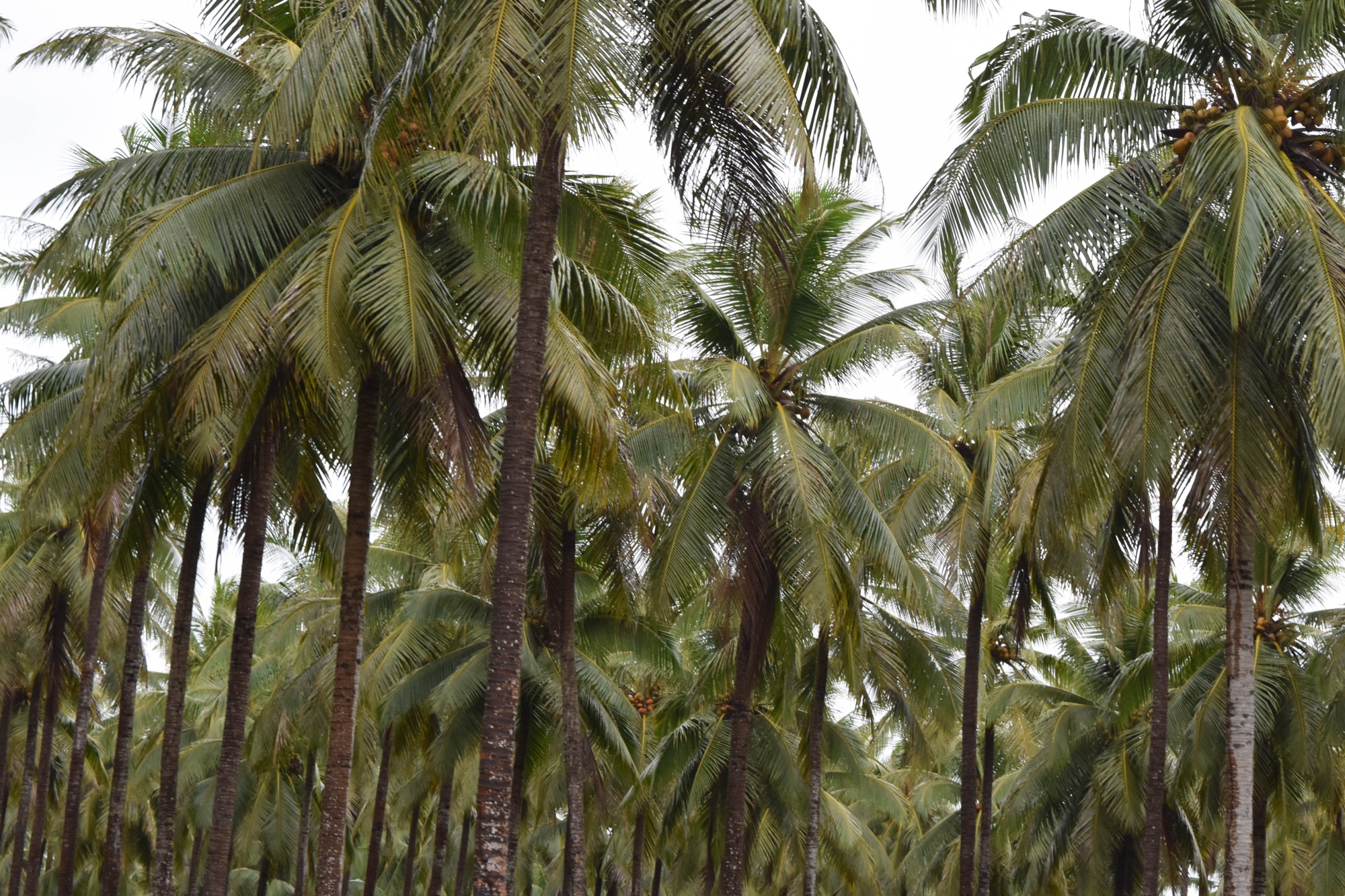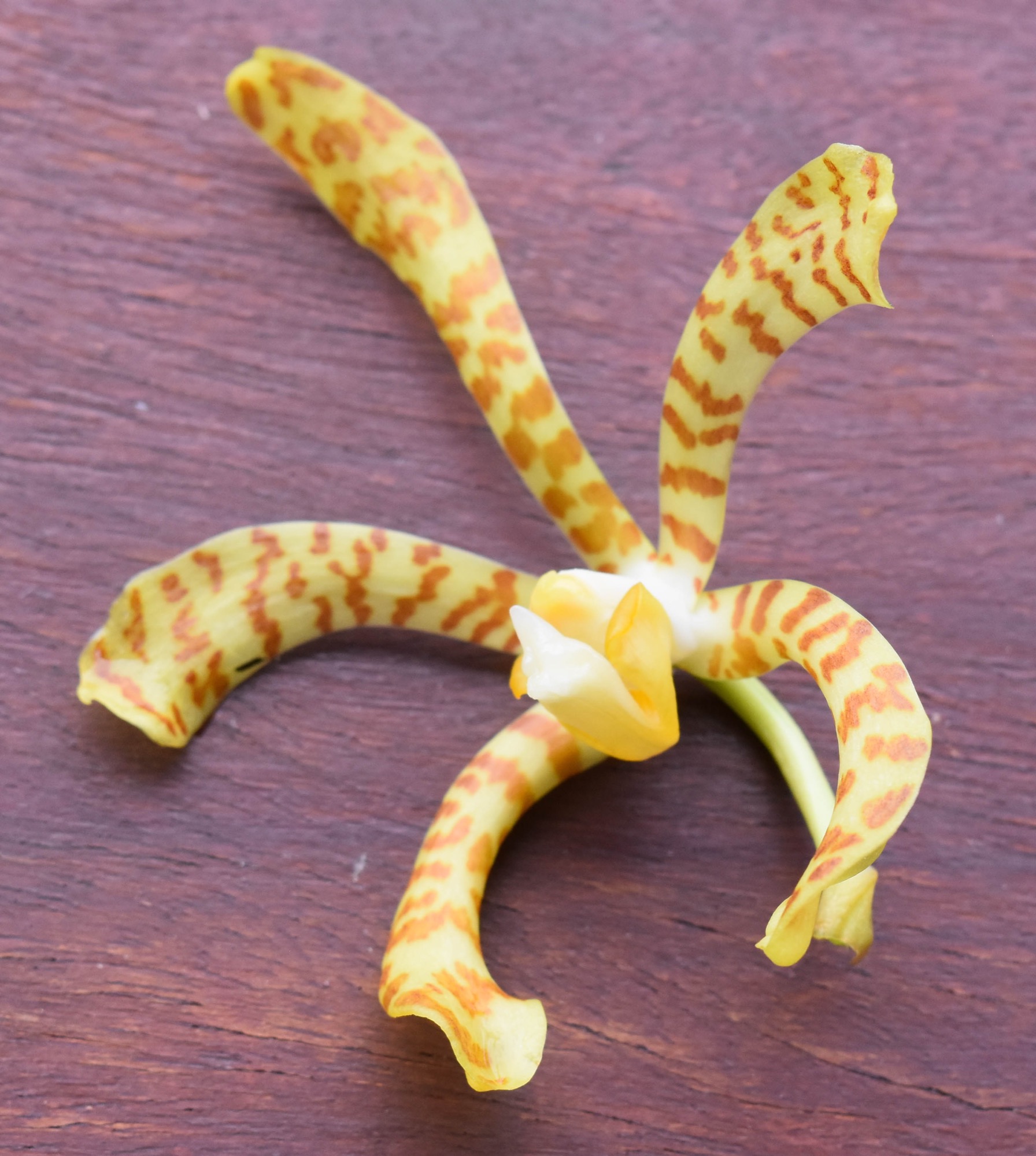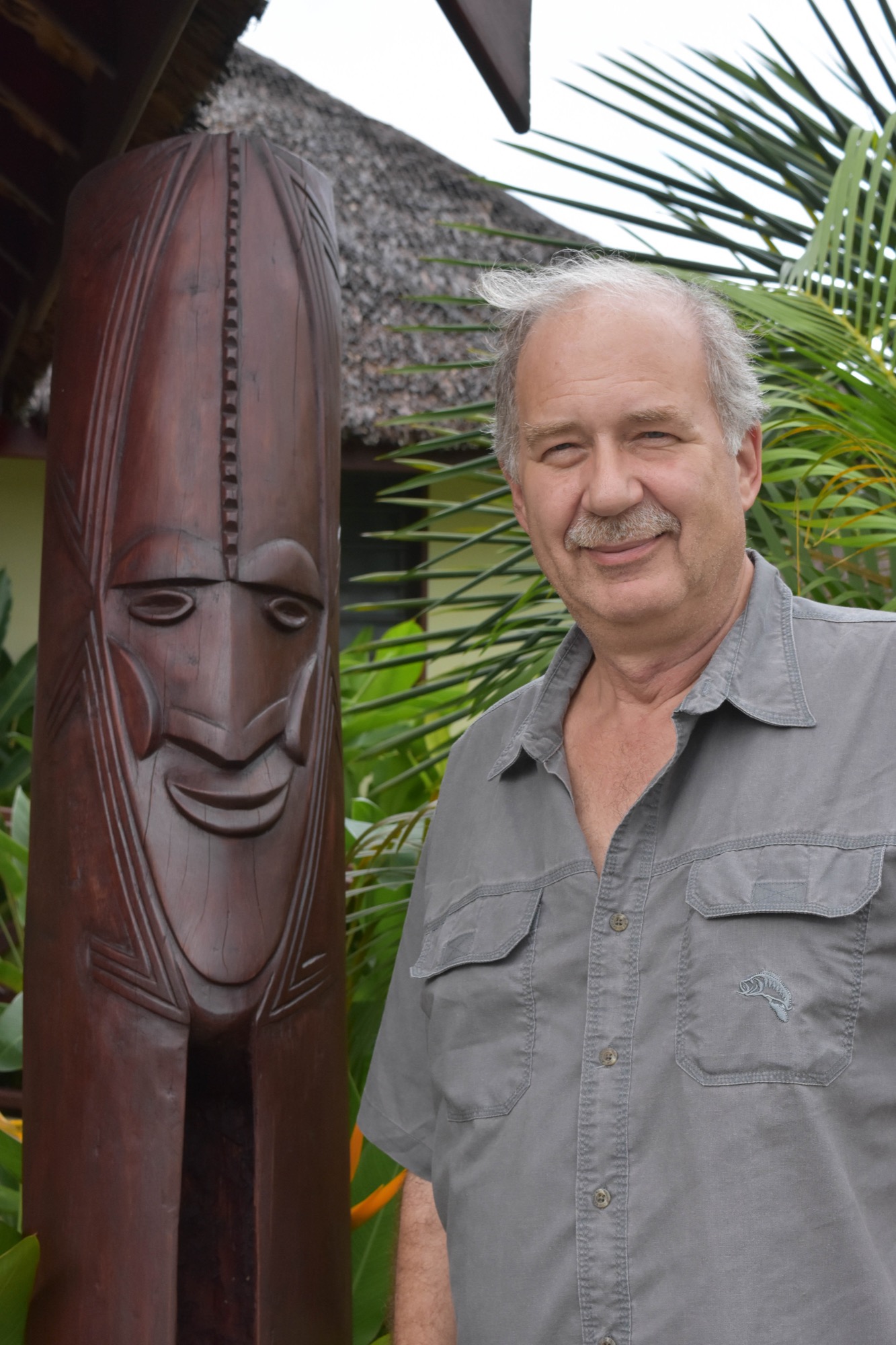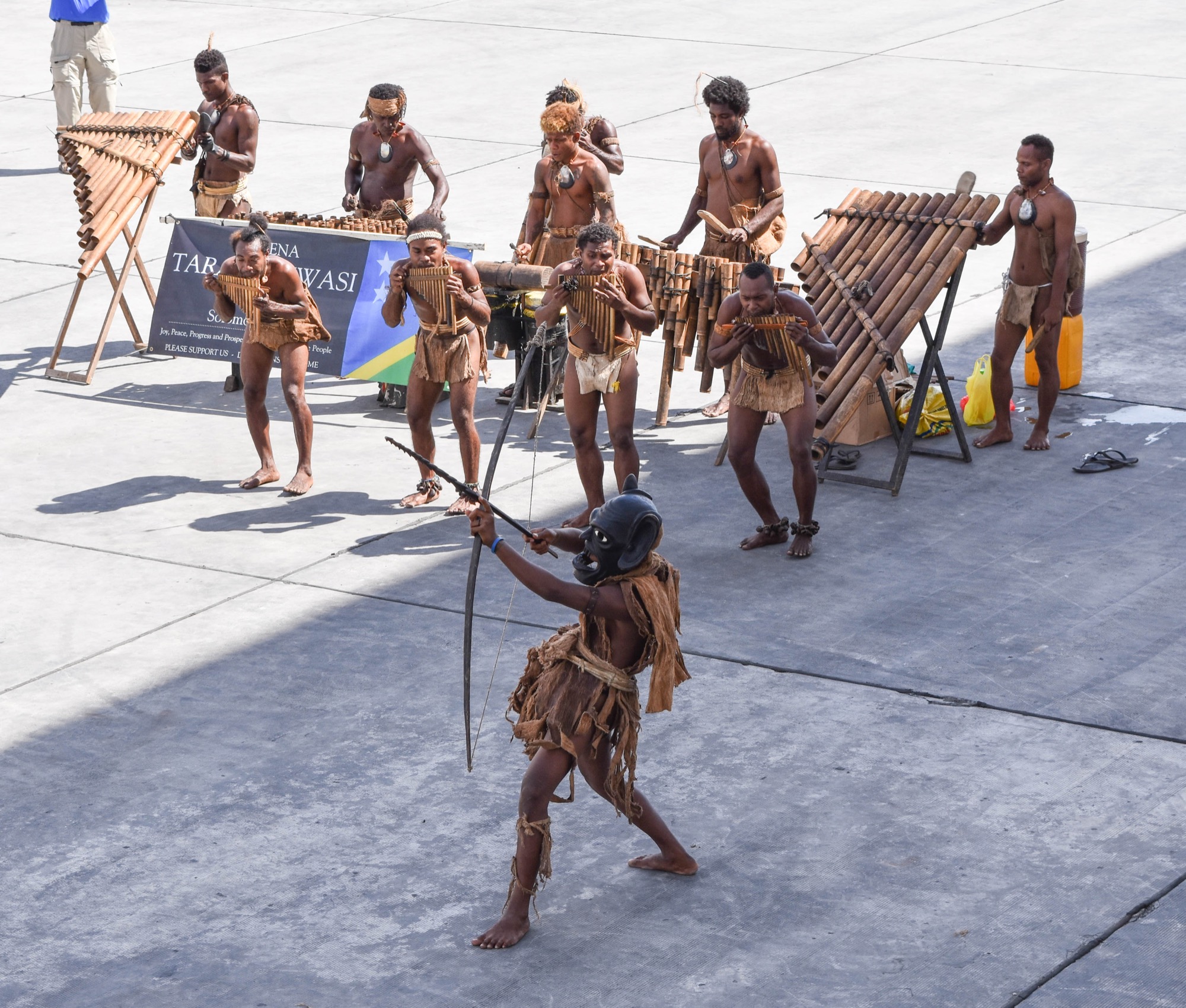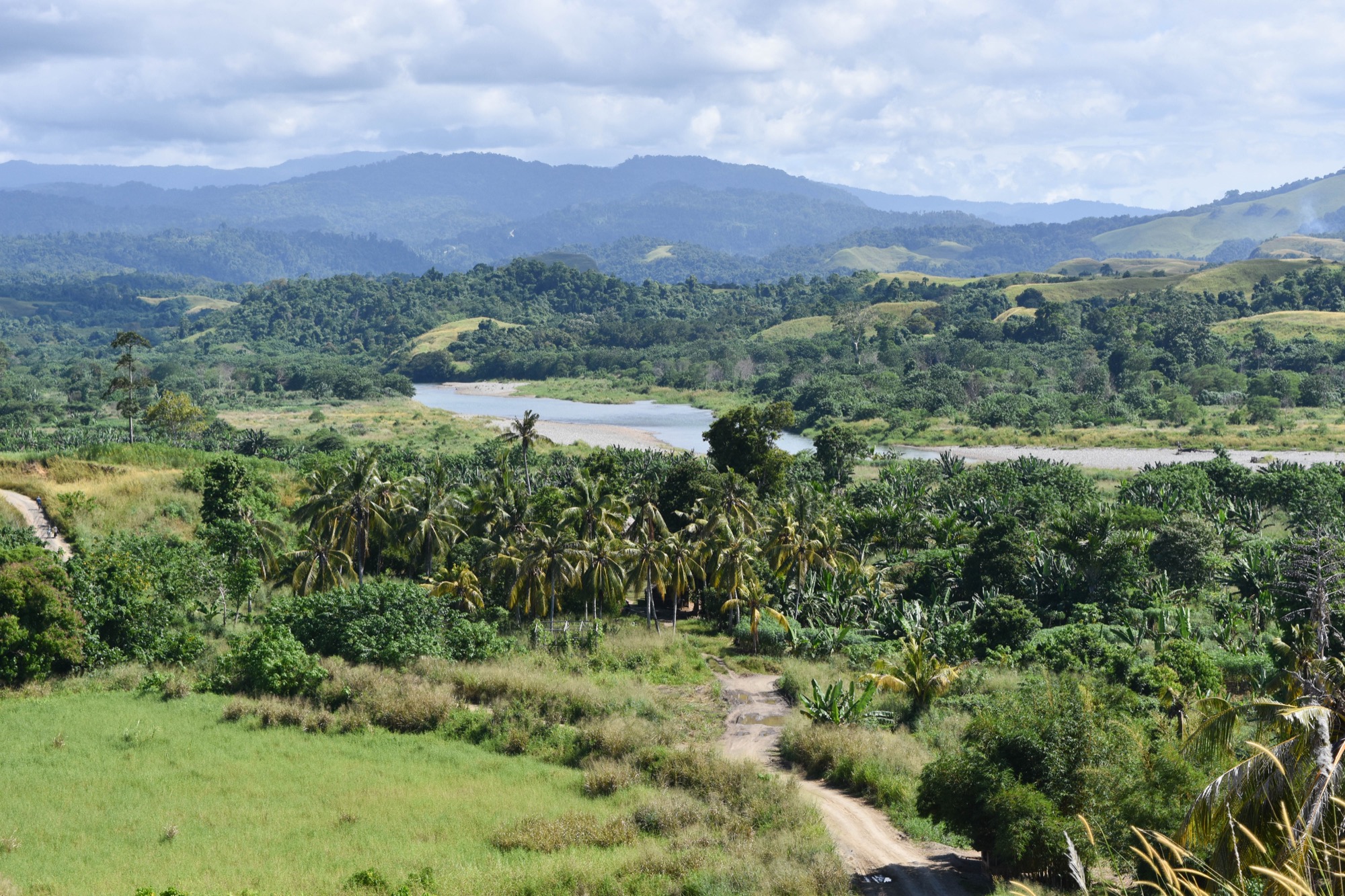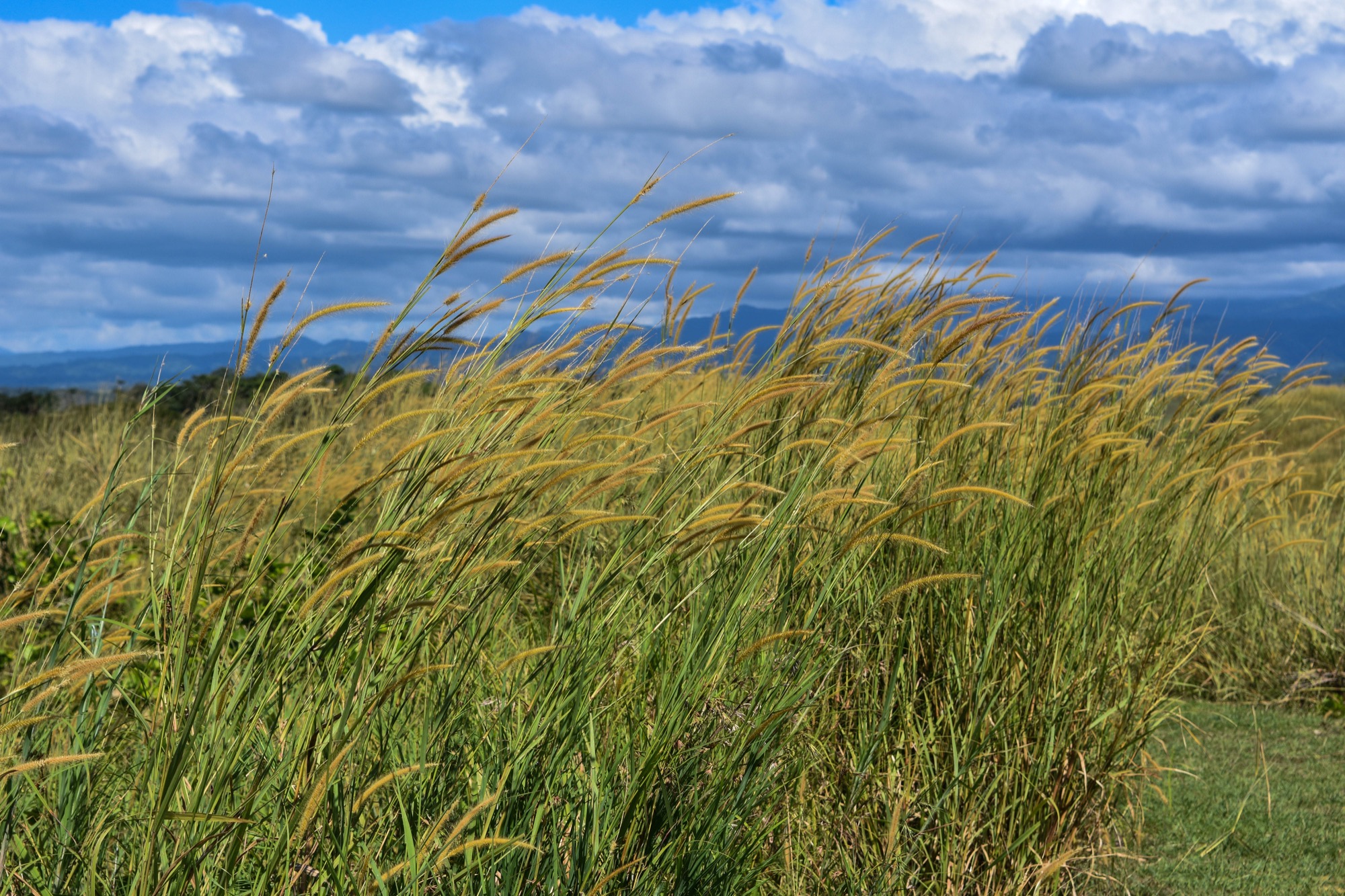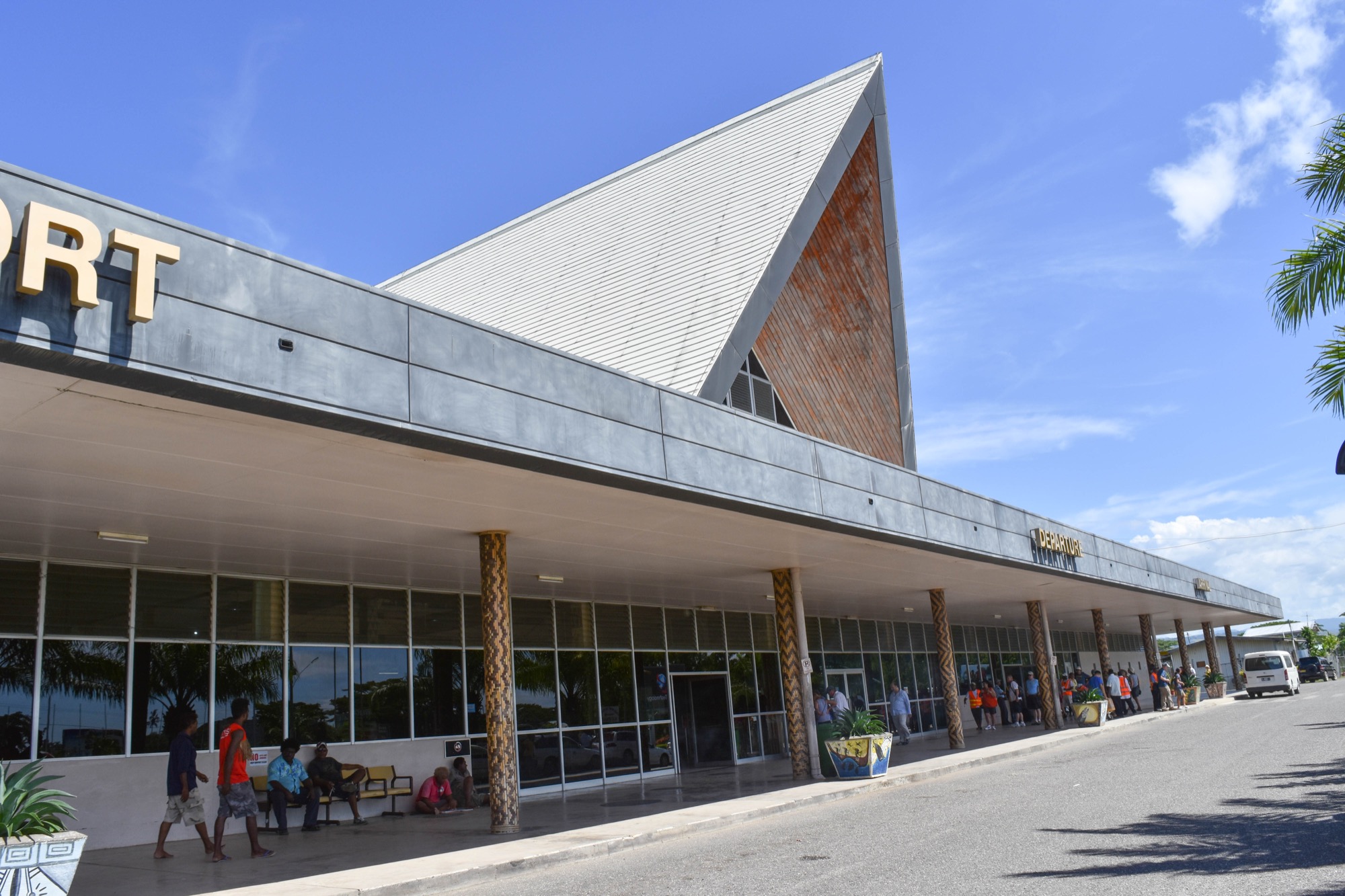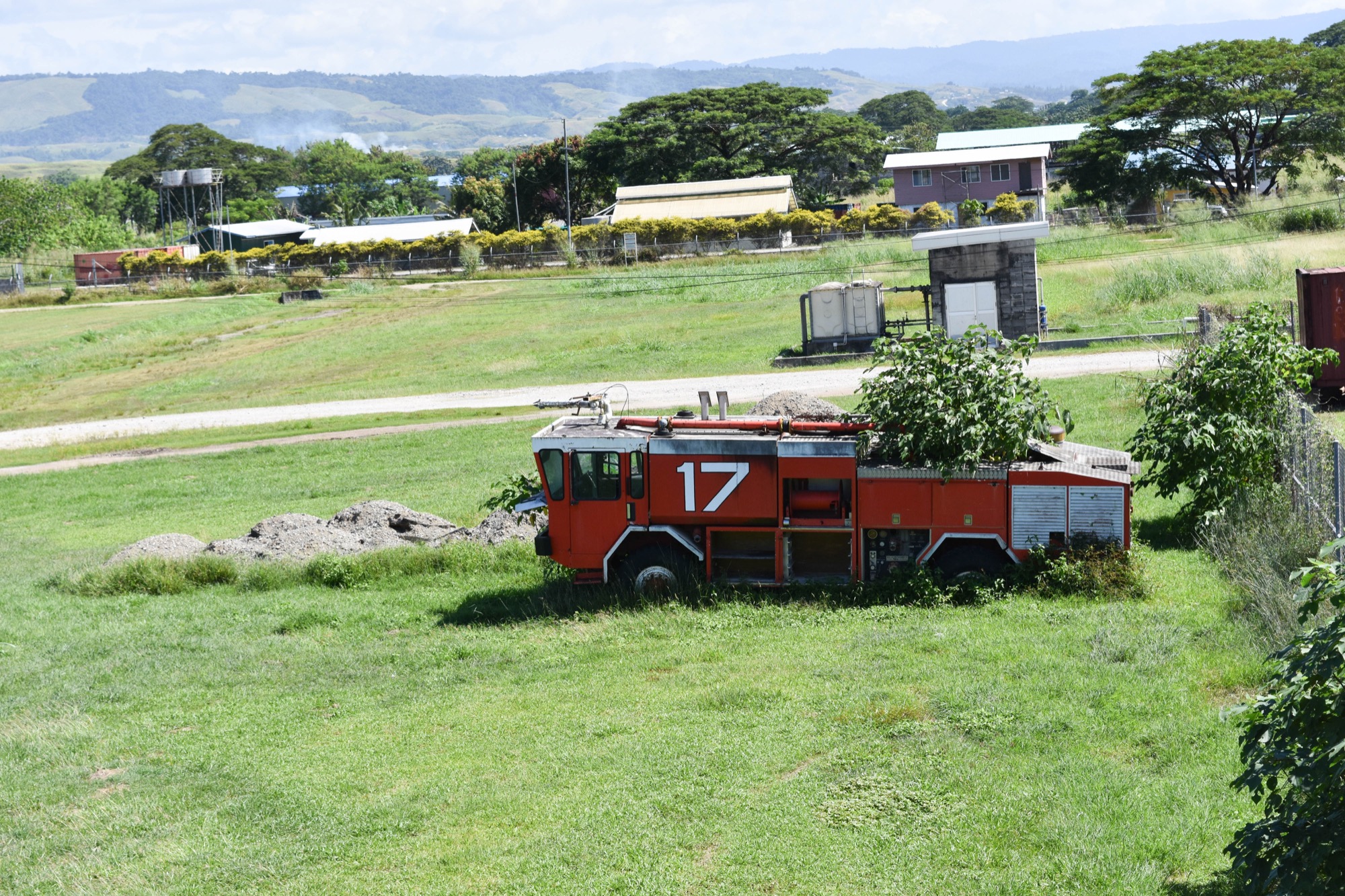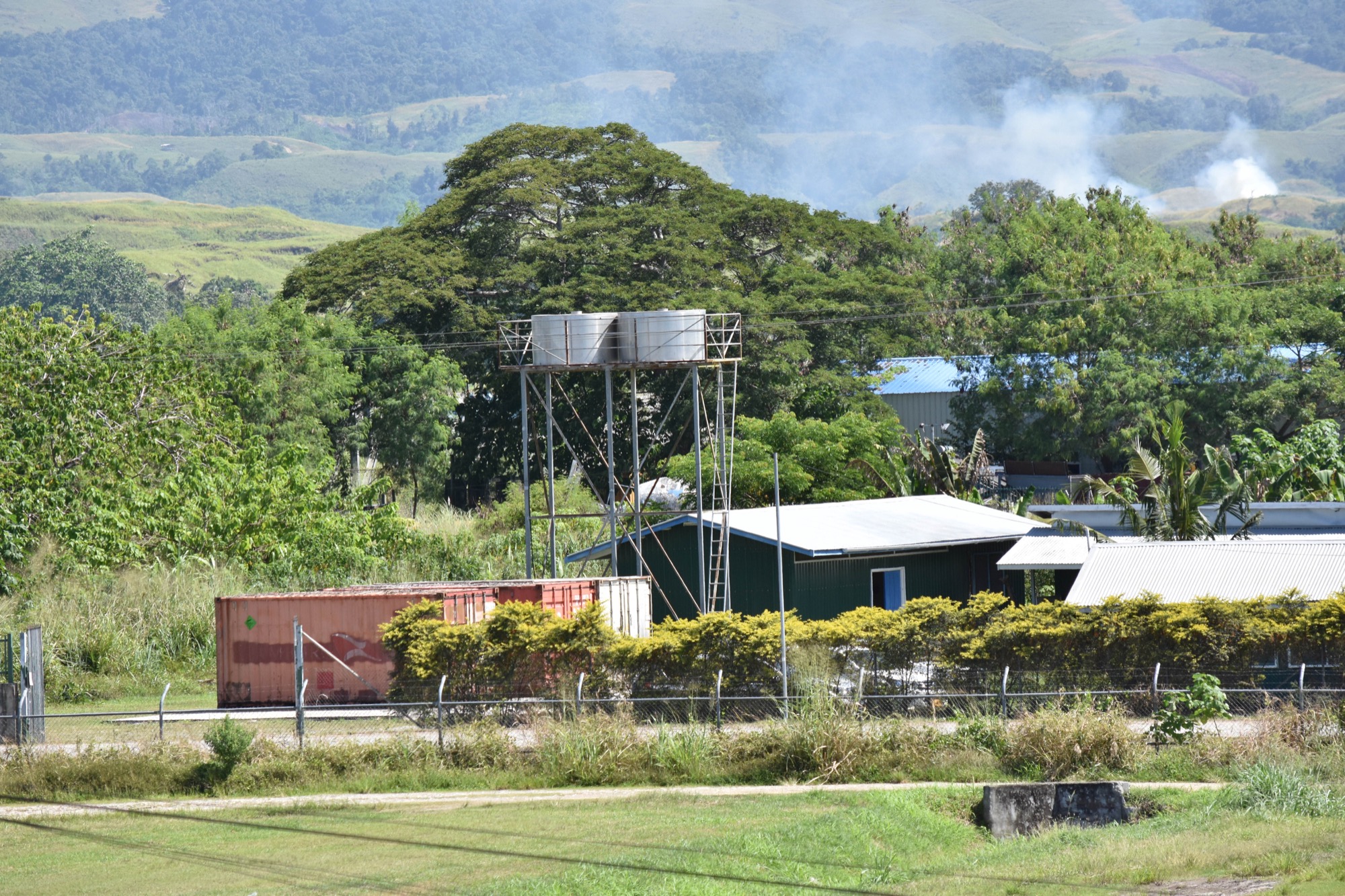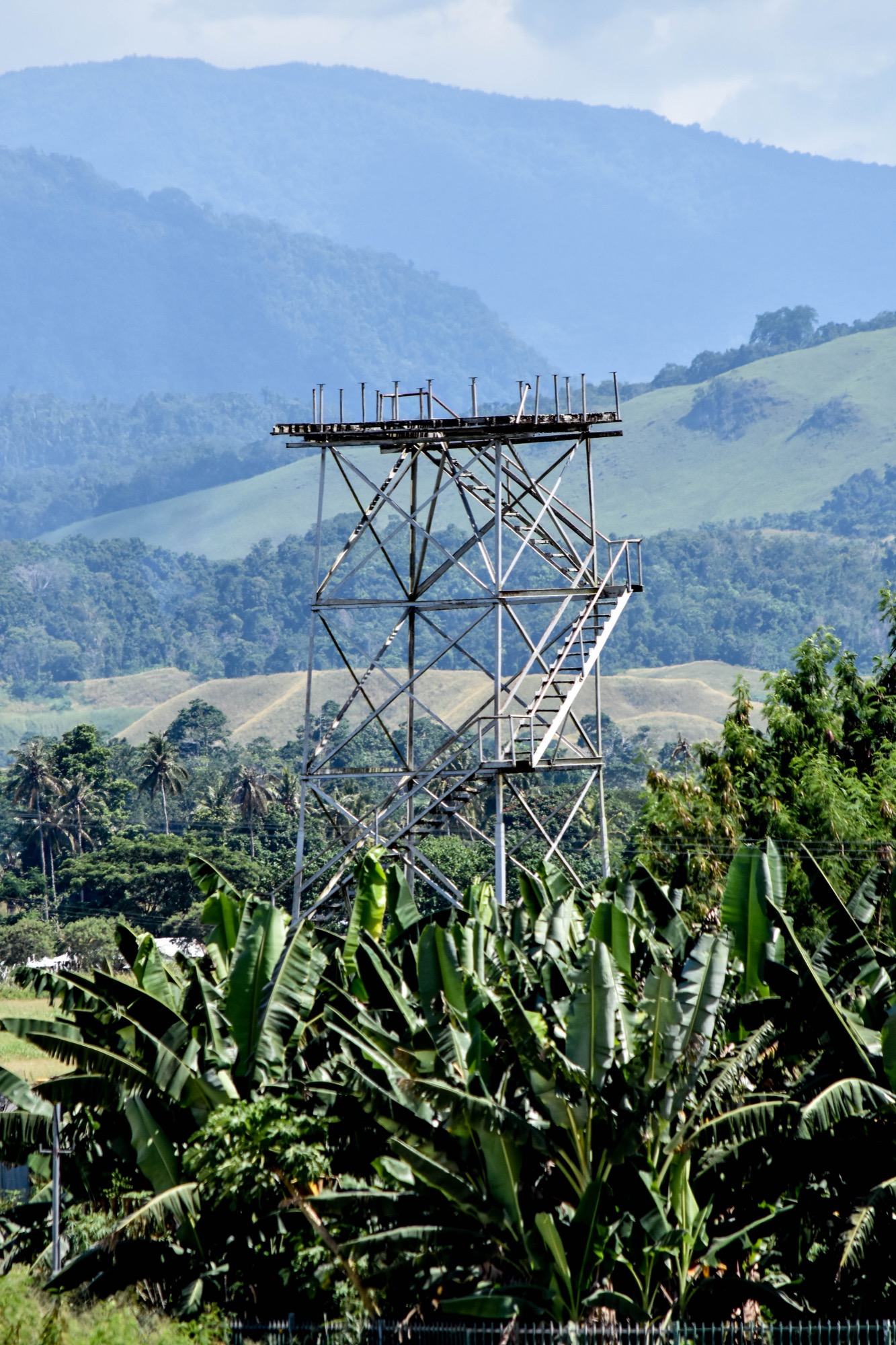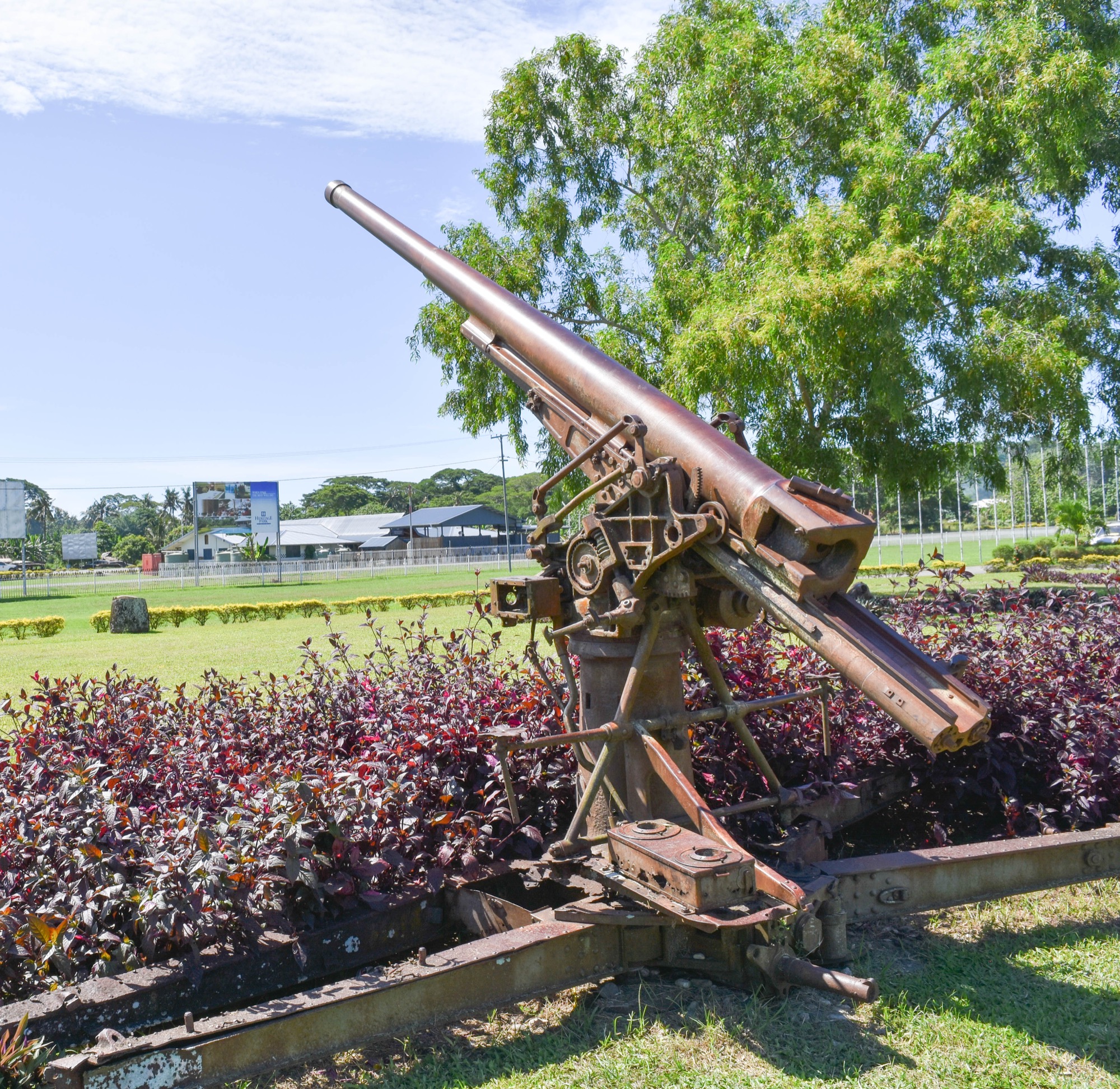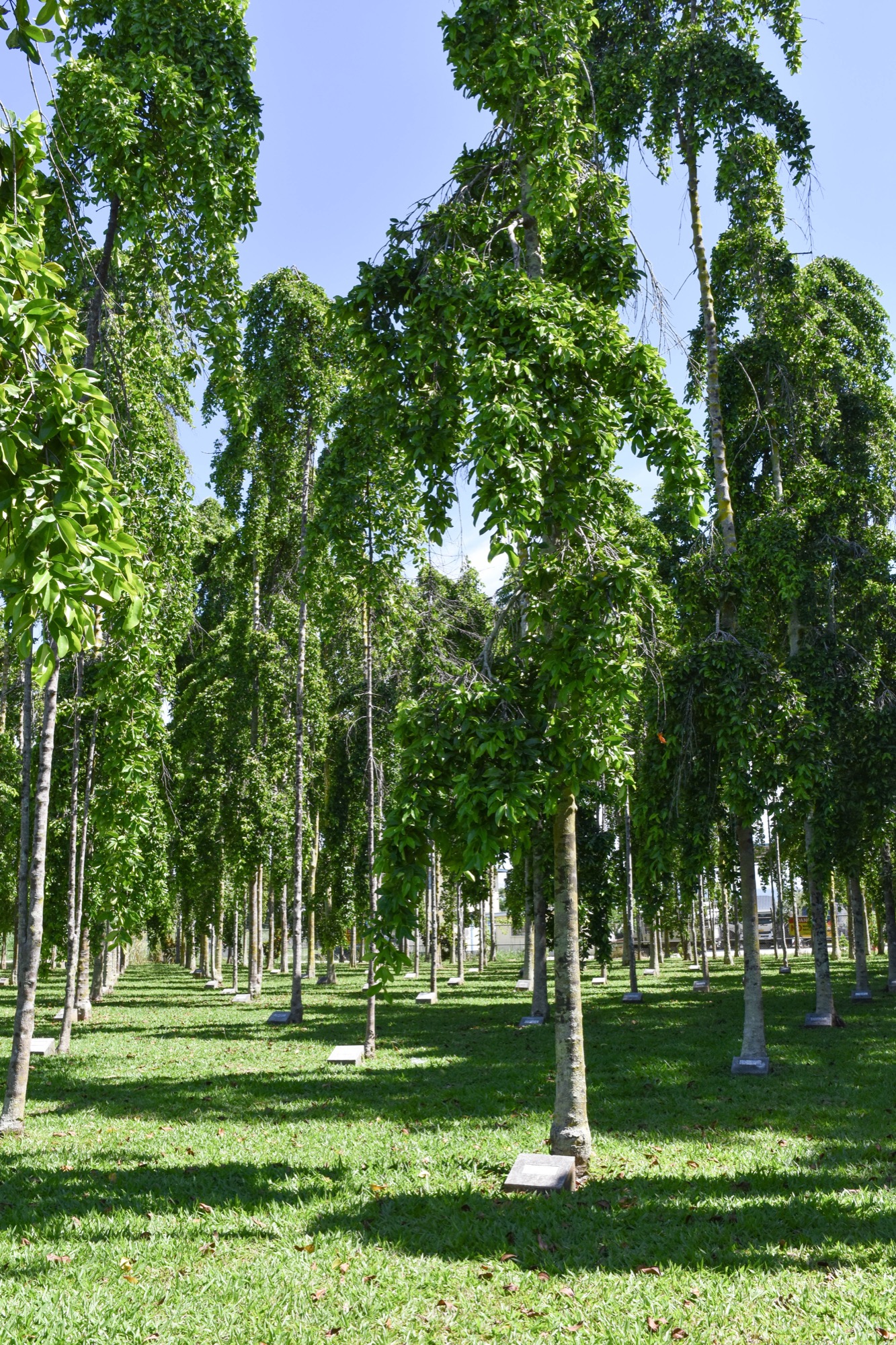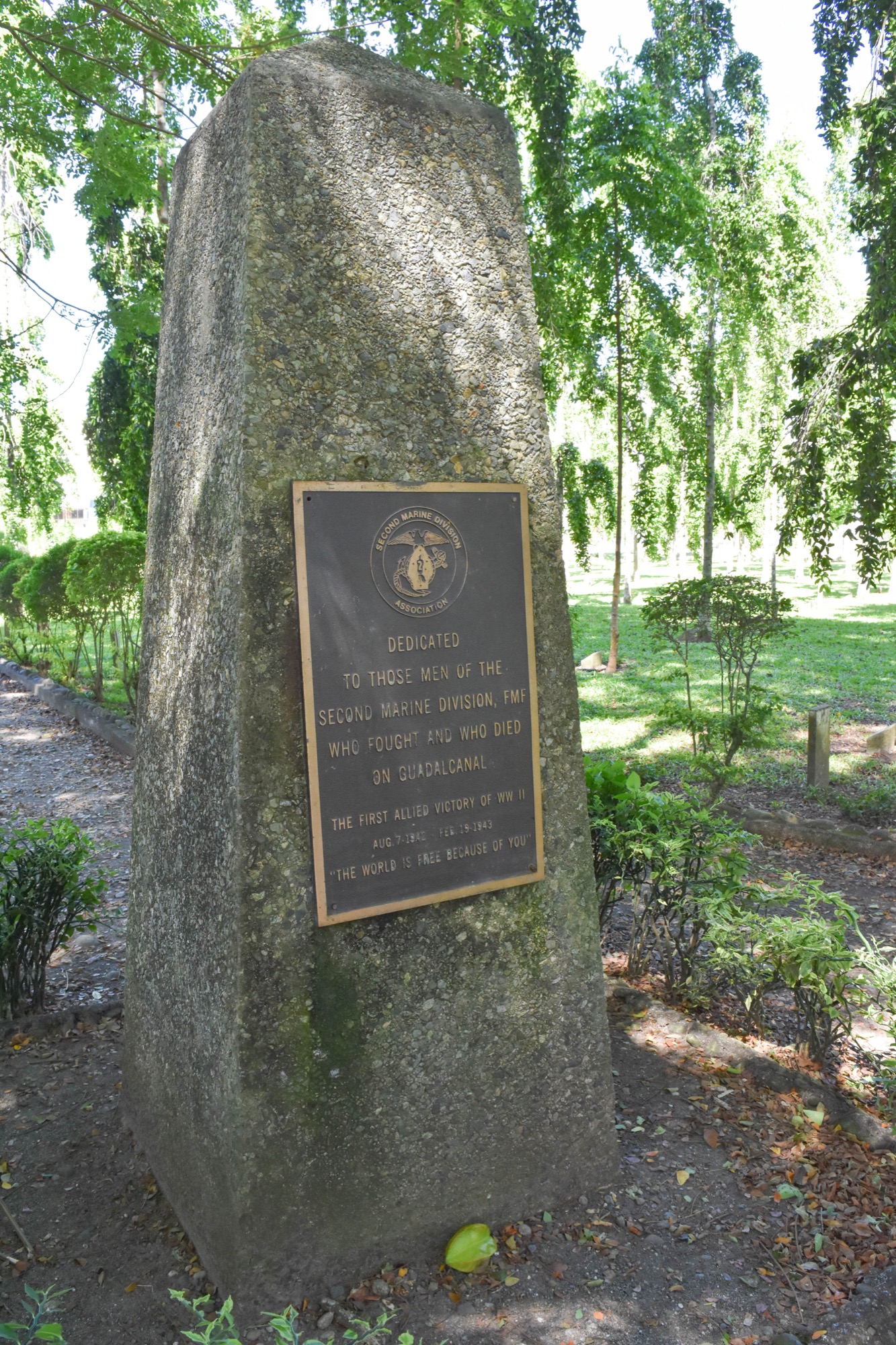During World War II, the Americans, along with the French and the British, had military bases on Espiritu Santo to aid in their war efforts against the Japanese. When the time came for the Americans to leave, the high cost of transporting tons of goods and machinery back to the states necessitated that everything, including jeeps, bulldozers, six-wheeler trucks, corrugated iron sheets, furniture, crates of clothing, and crates of Coca-Cola be left behind.
The French and British refused to buy the equipment for 6 cents on the dollar because they figured they could just take it anyway after the Americans left. The Americans, who were greatly offended by this, loaded up all of their equipment and drove it off the end of a pier into the ocean.
Now the dump site, which is known as "million dollar point" has become a tourist attraction and a popular destination for snorkelers and scuba divers. Although we did not snorkel, we did walk along the beach and get a firsthand look at the rusted remains of some of the former military equipment.
